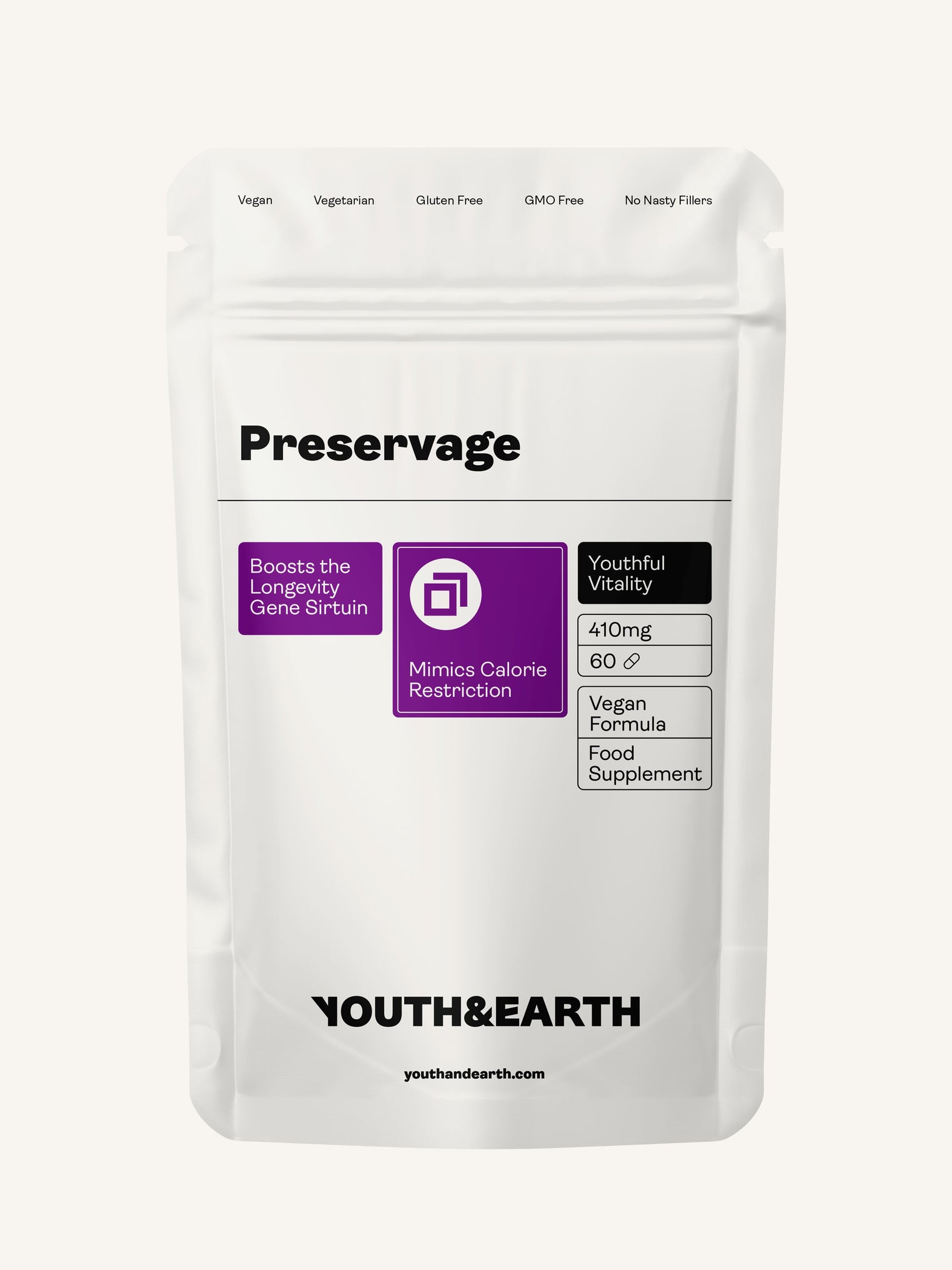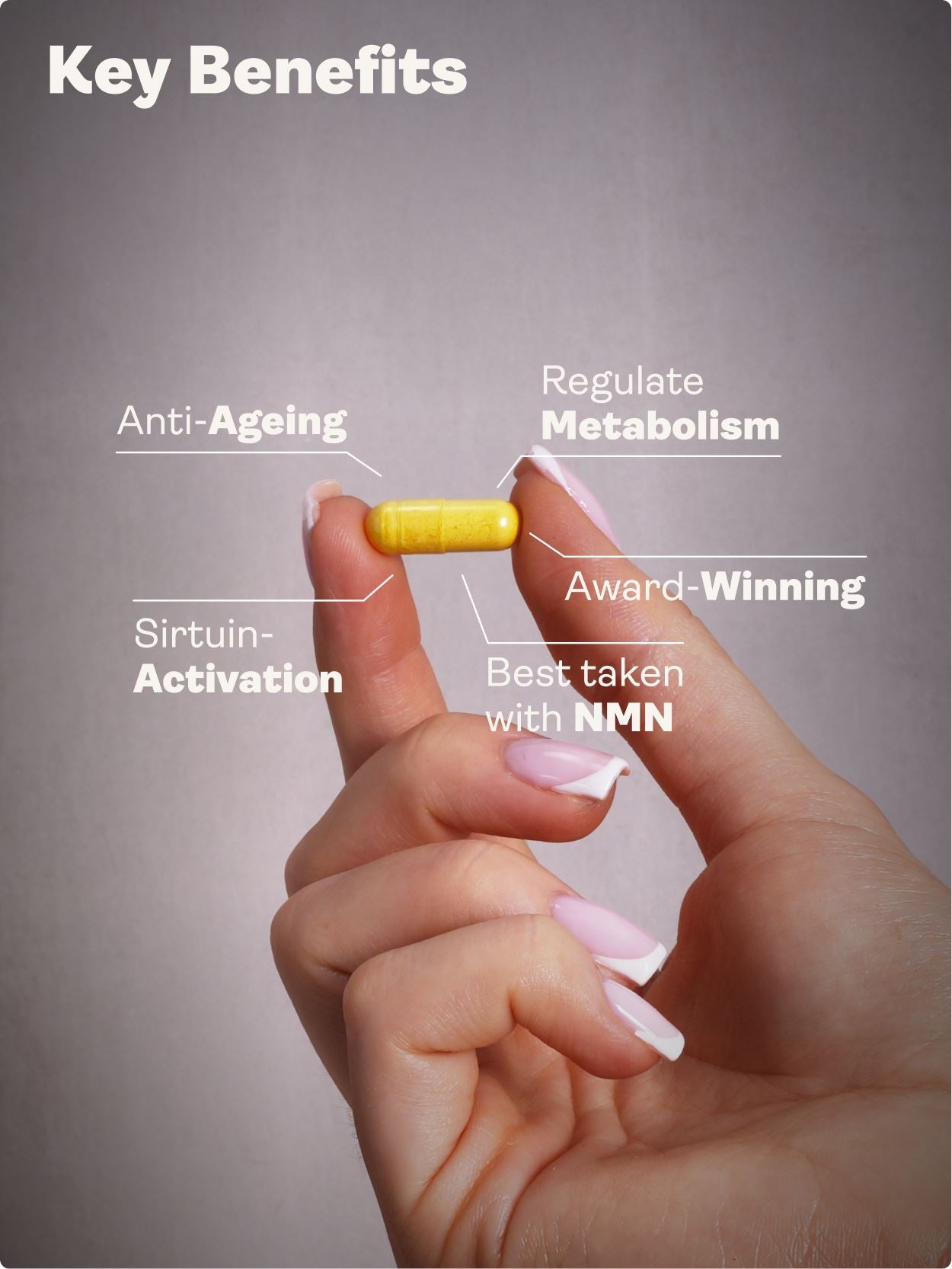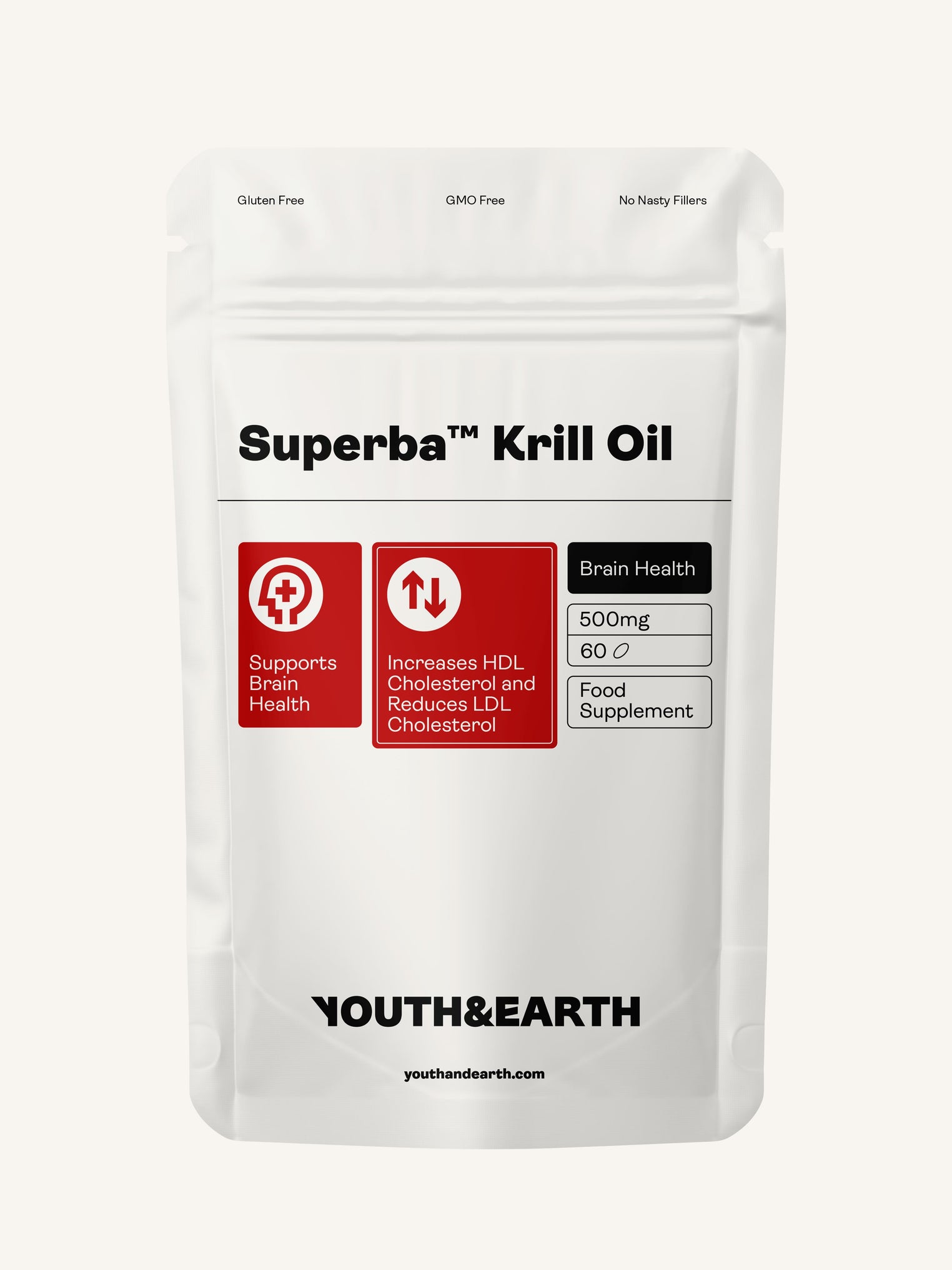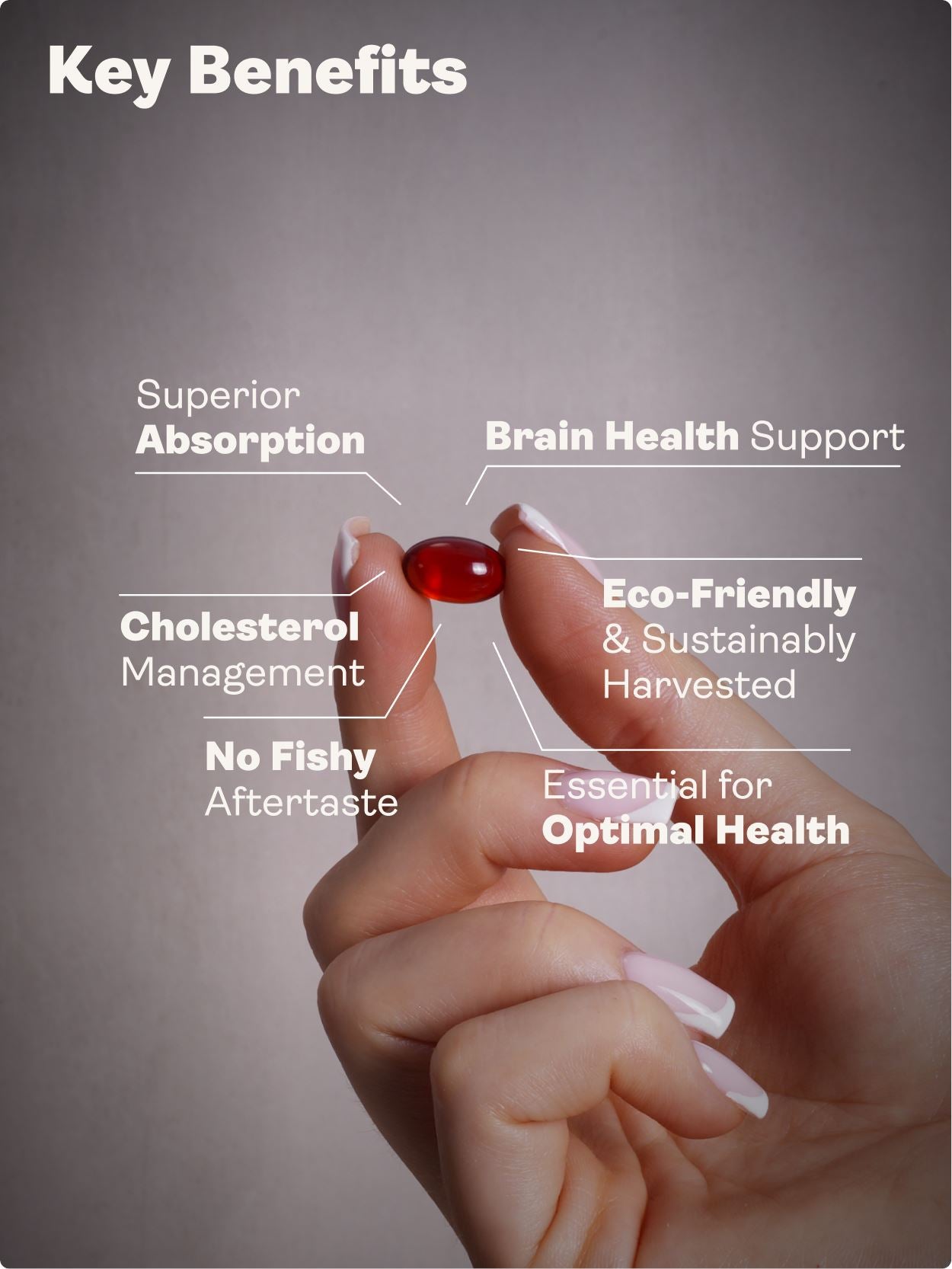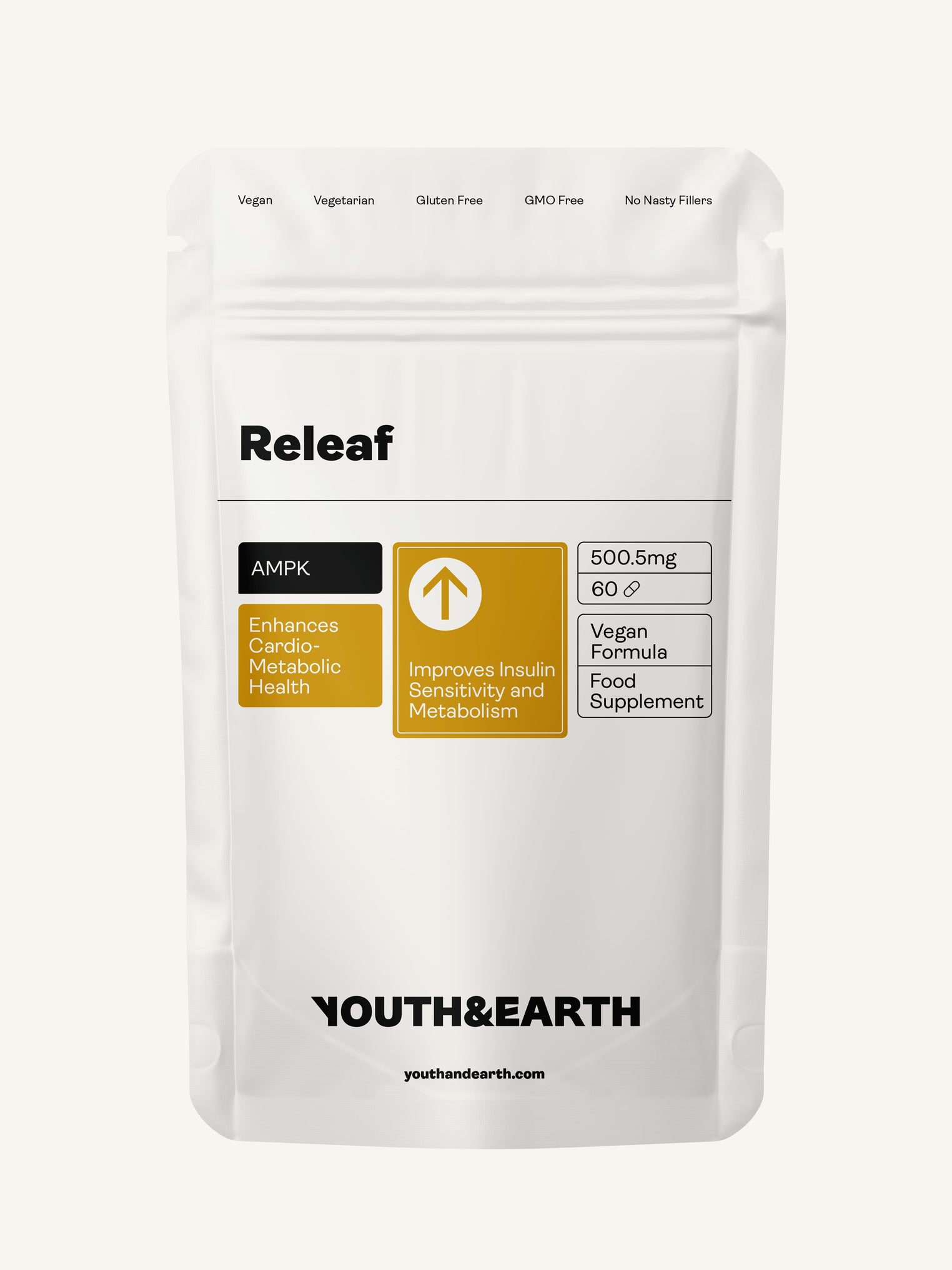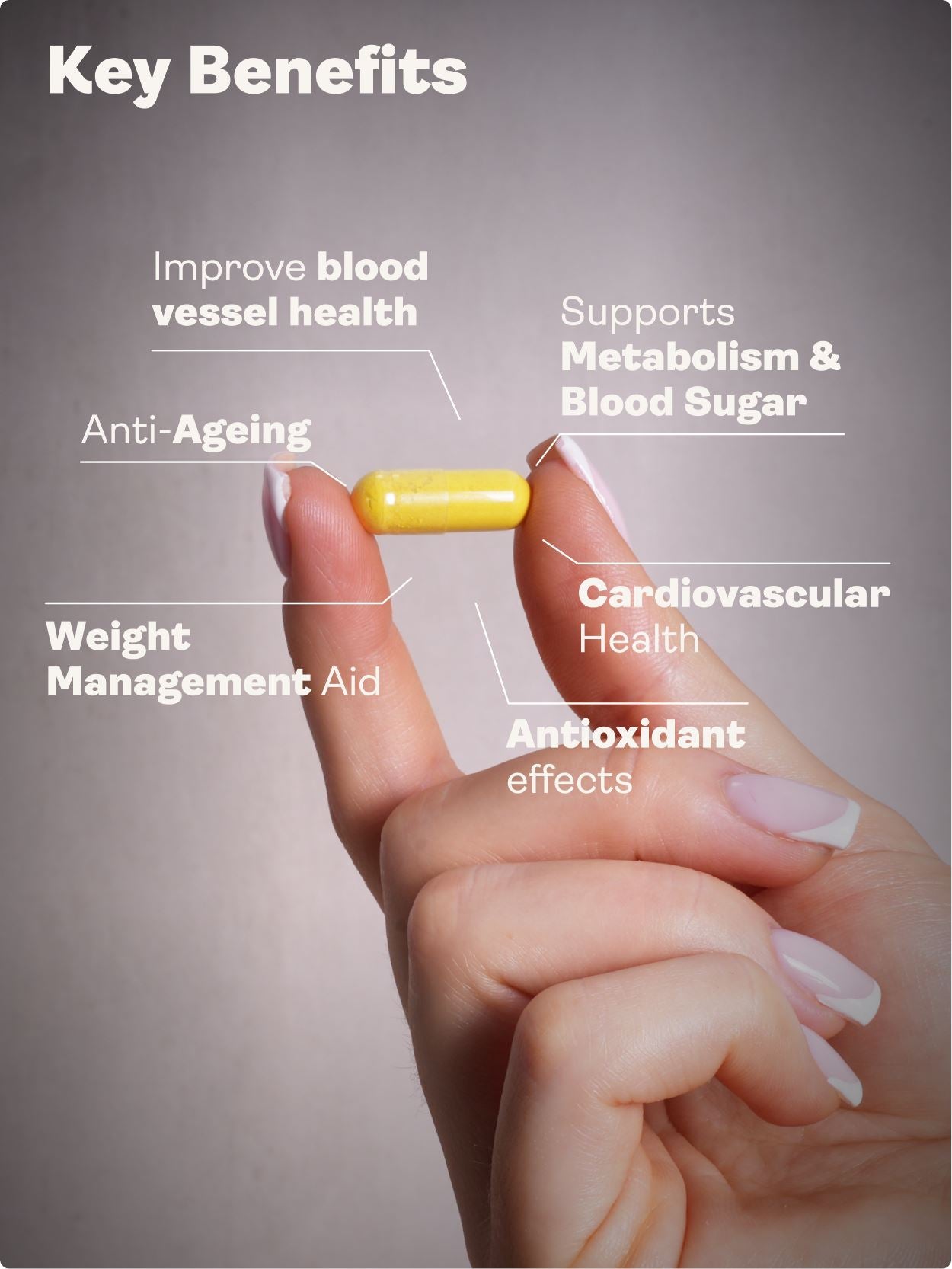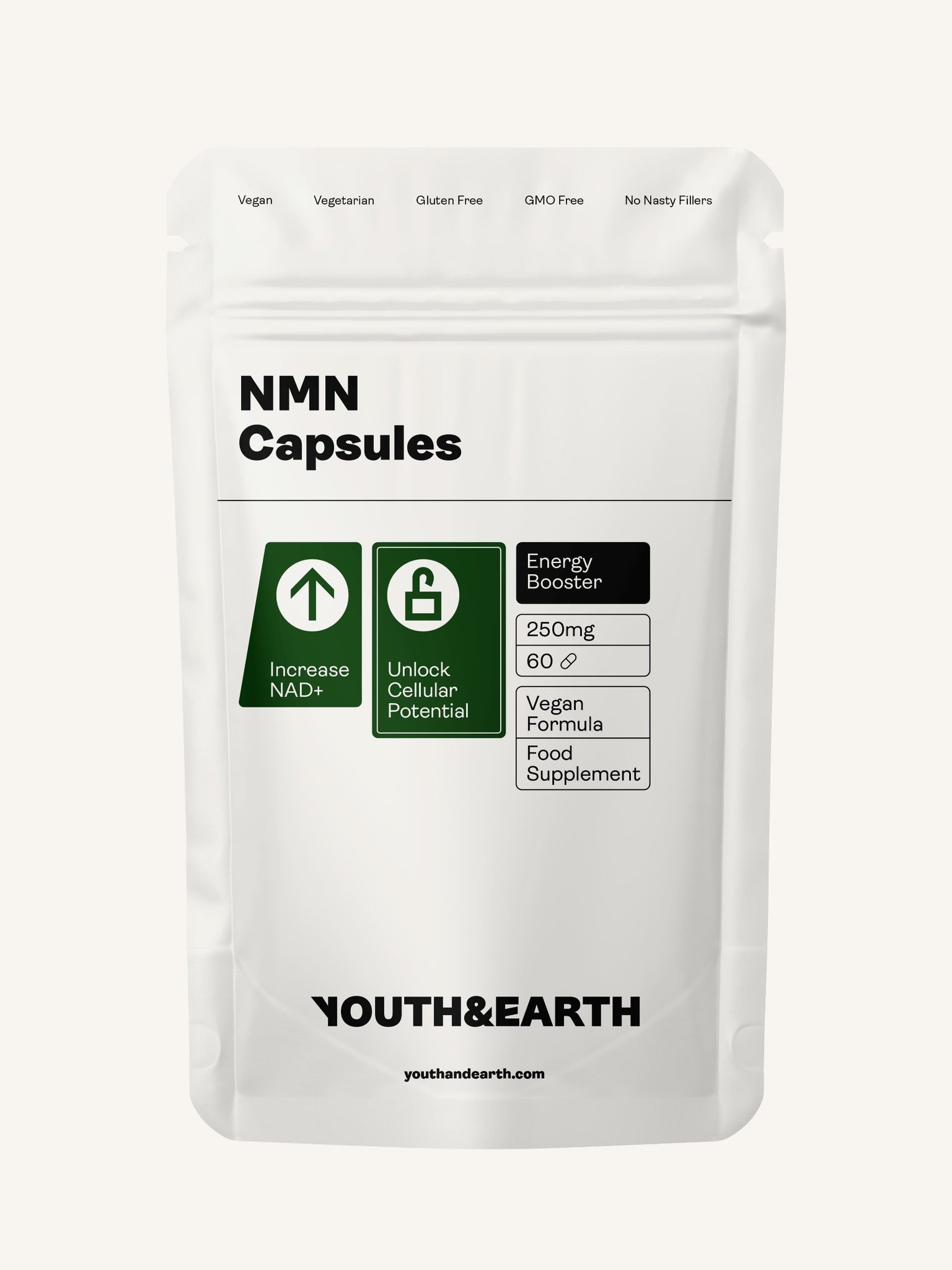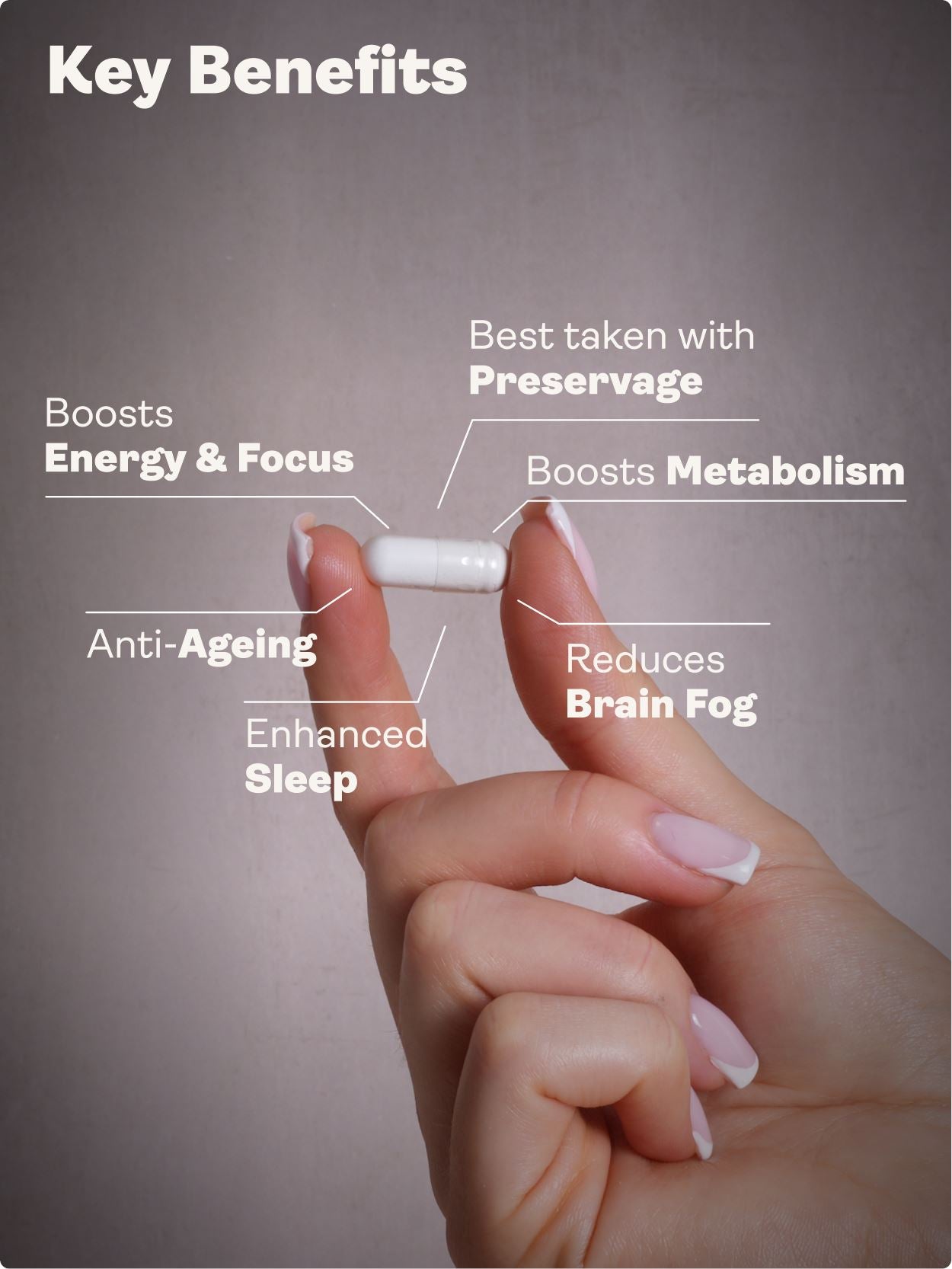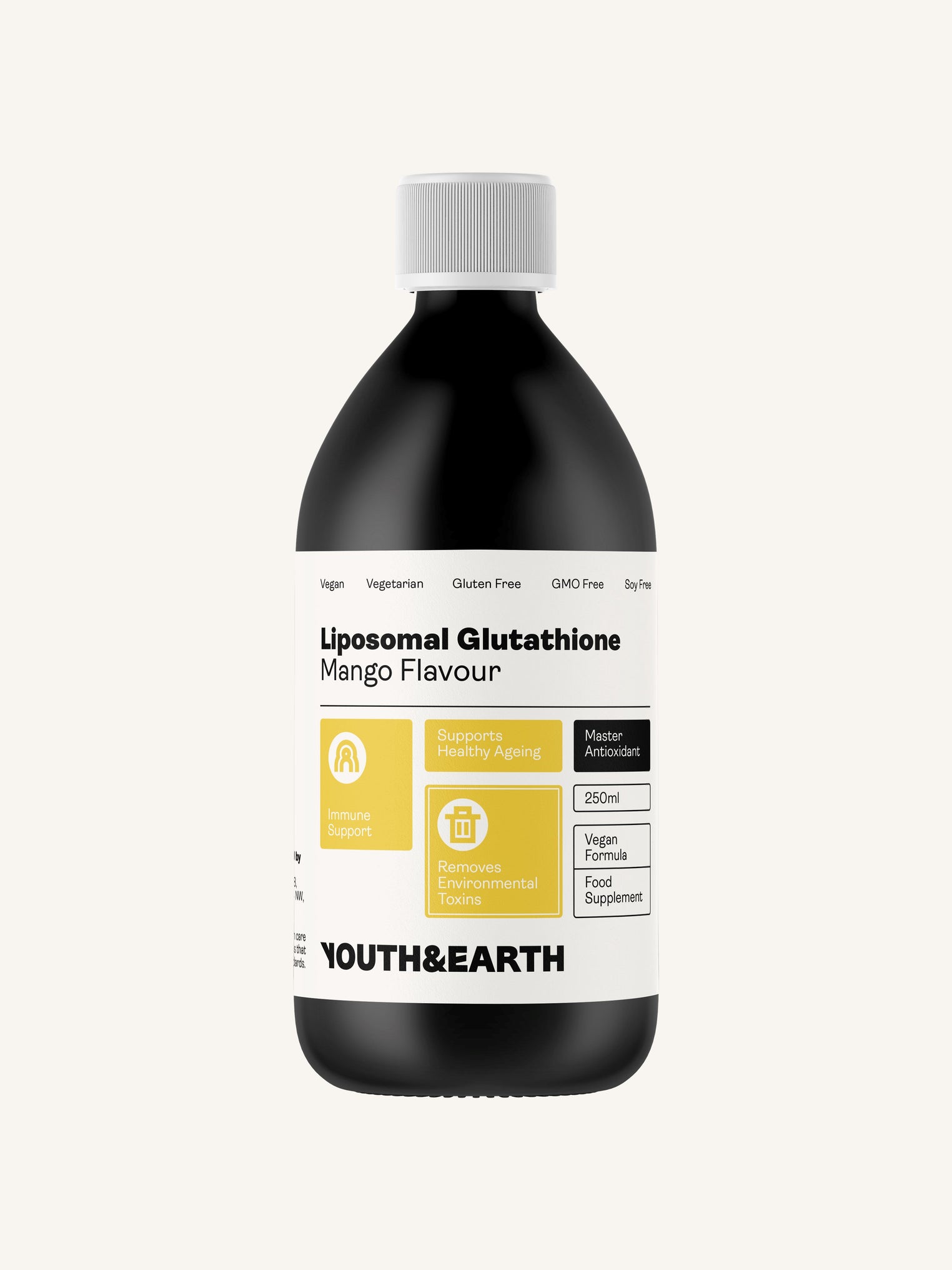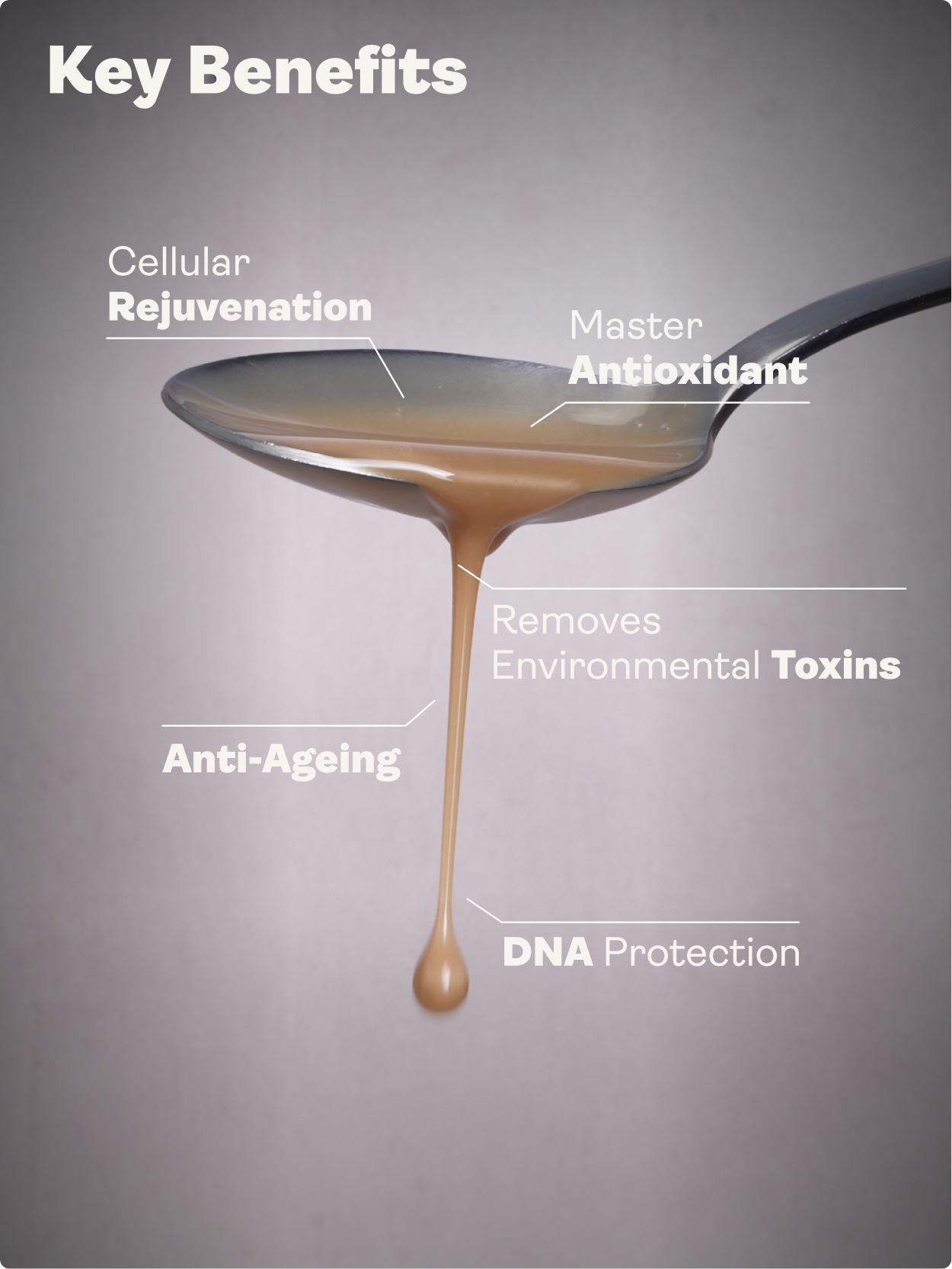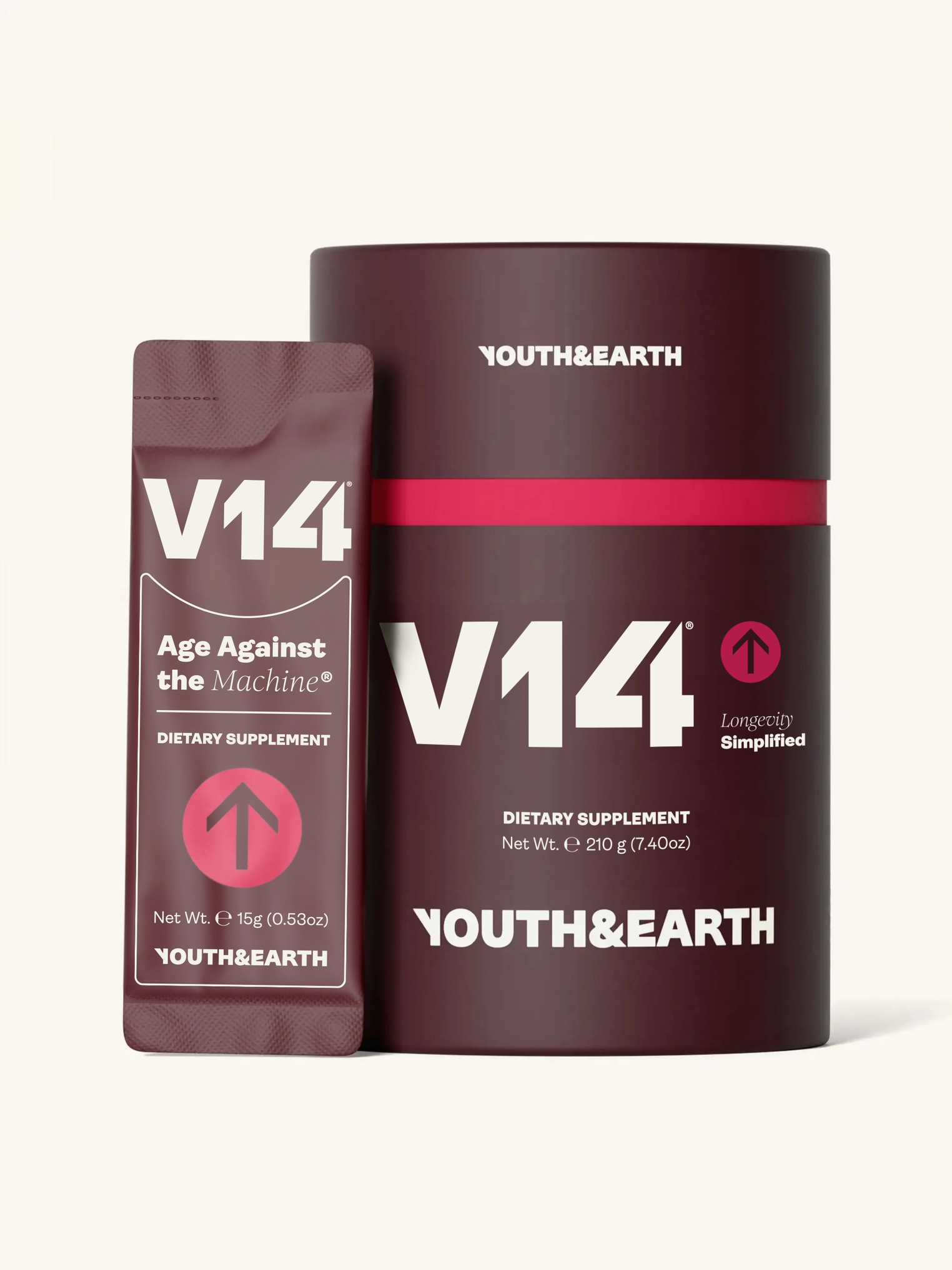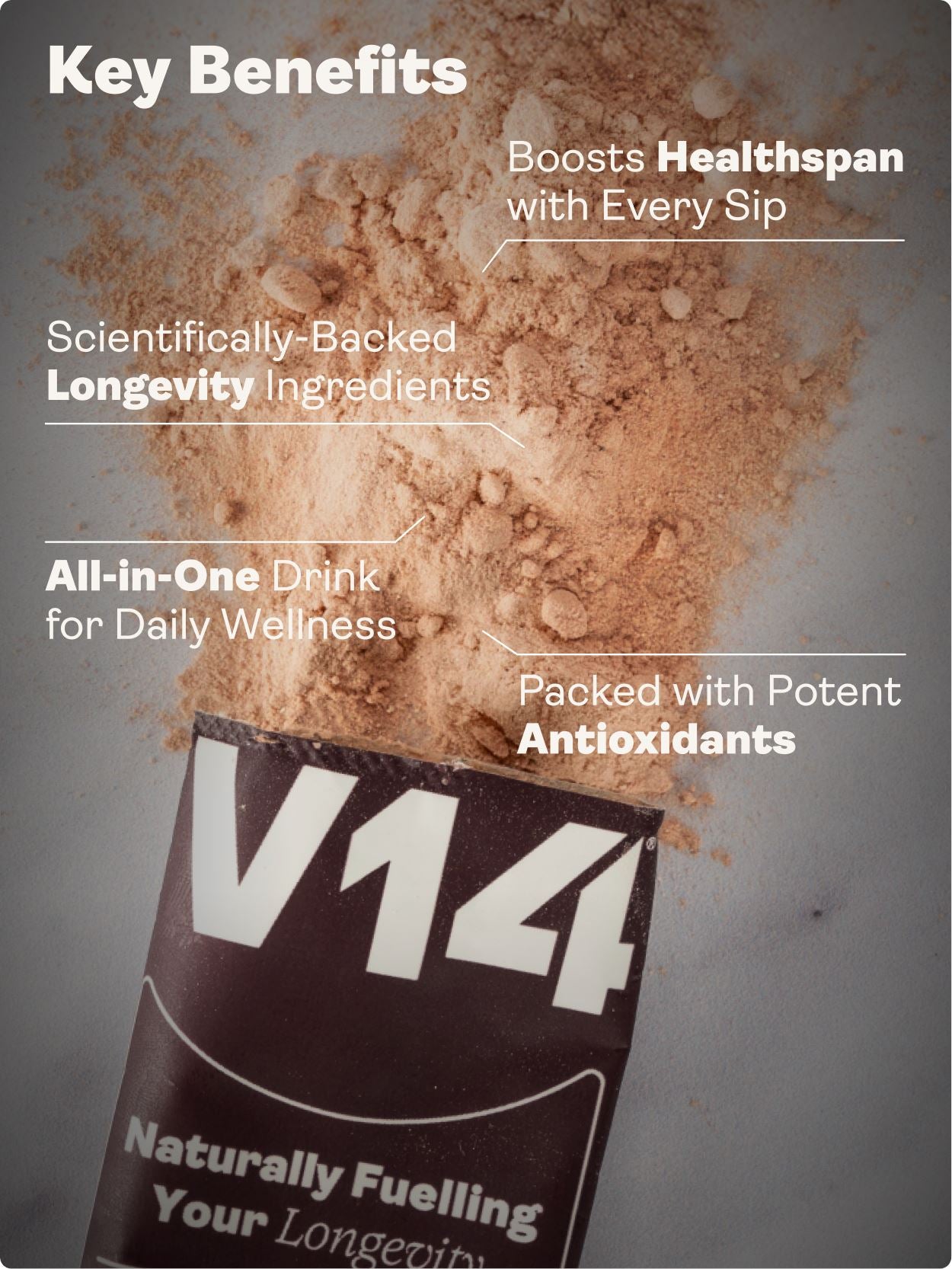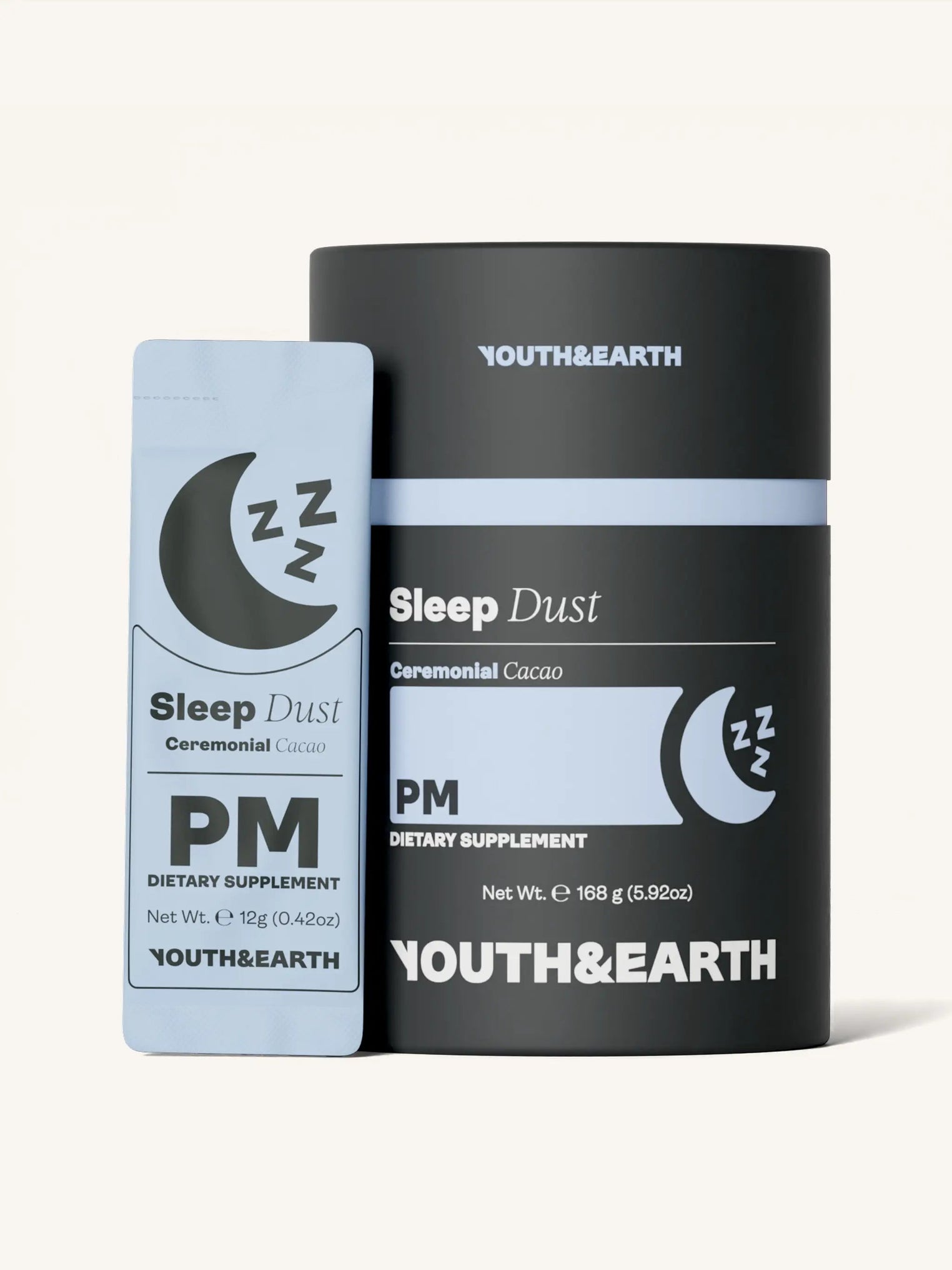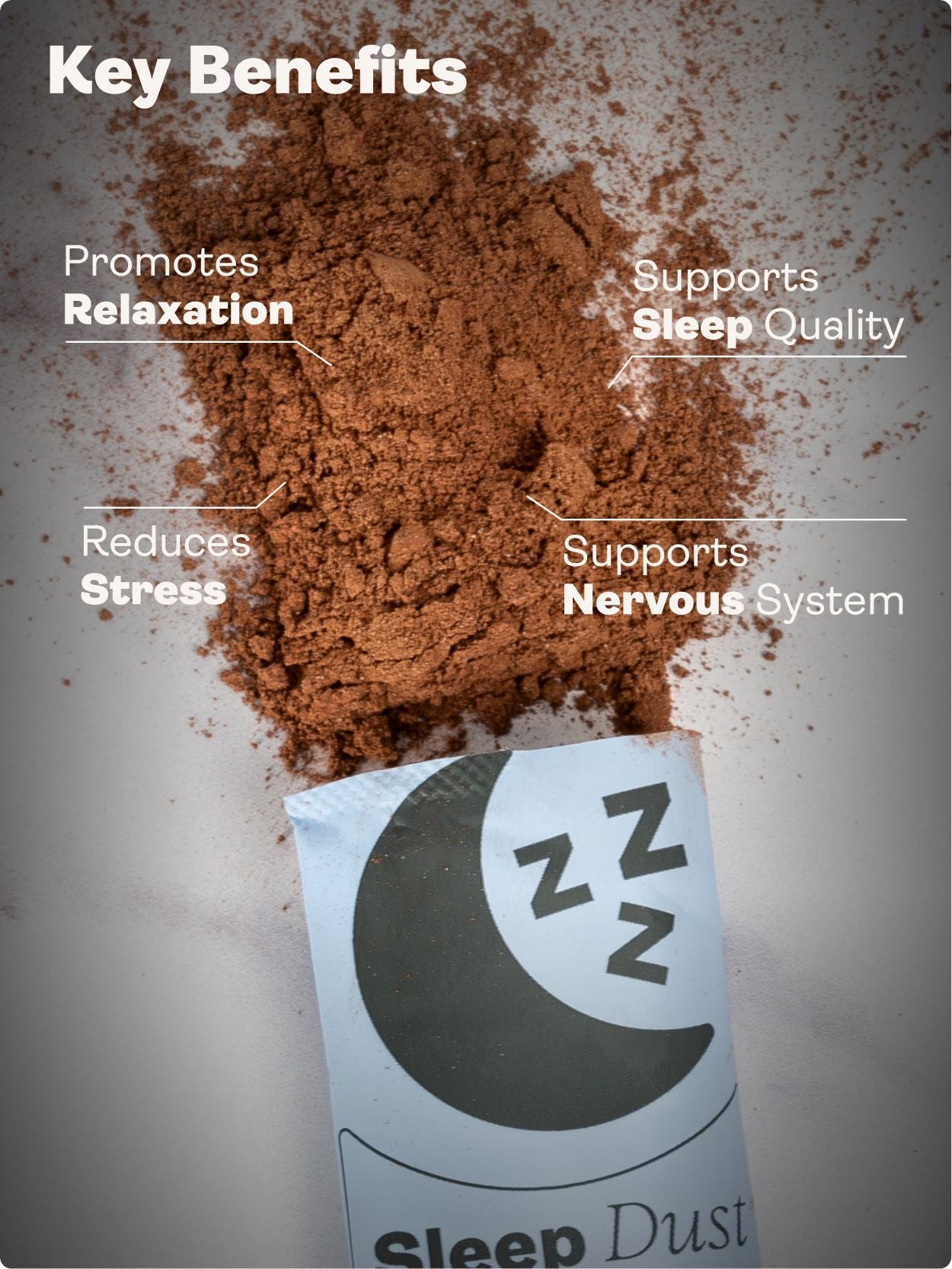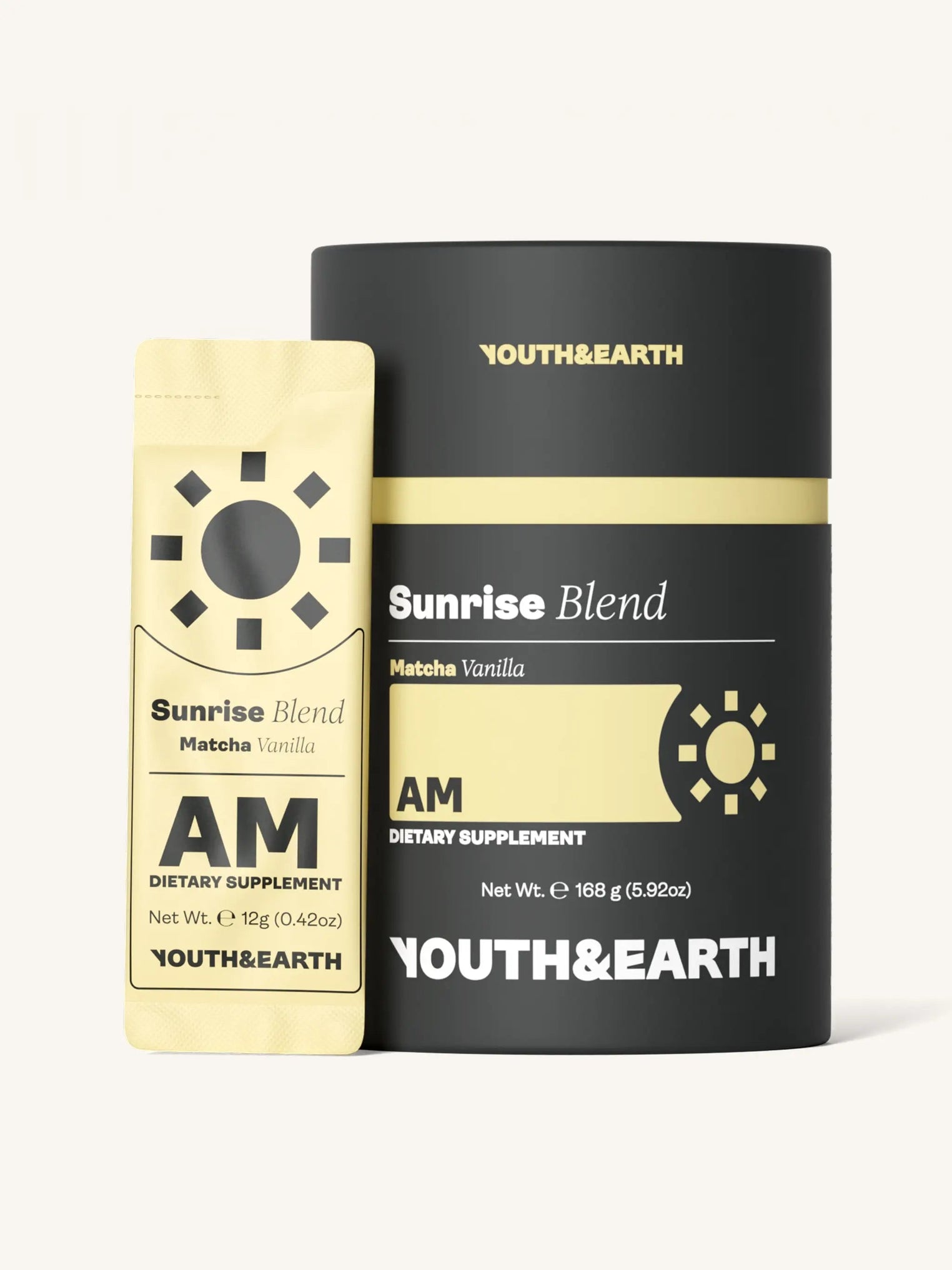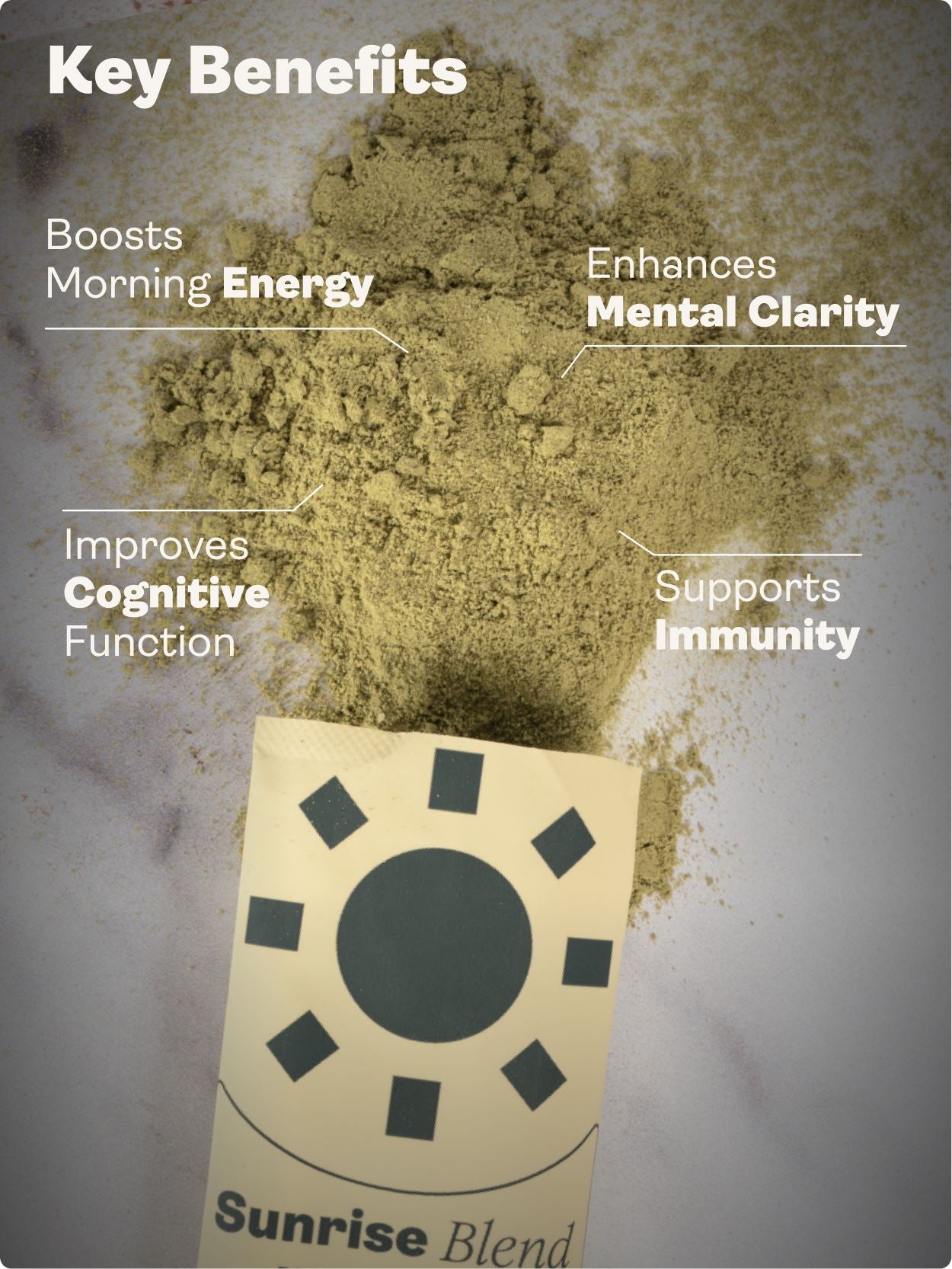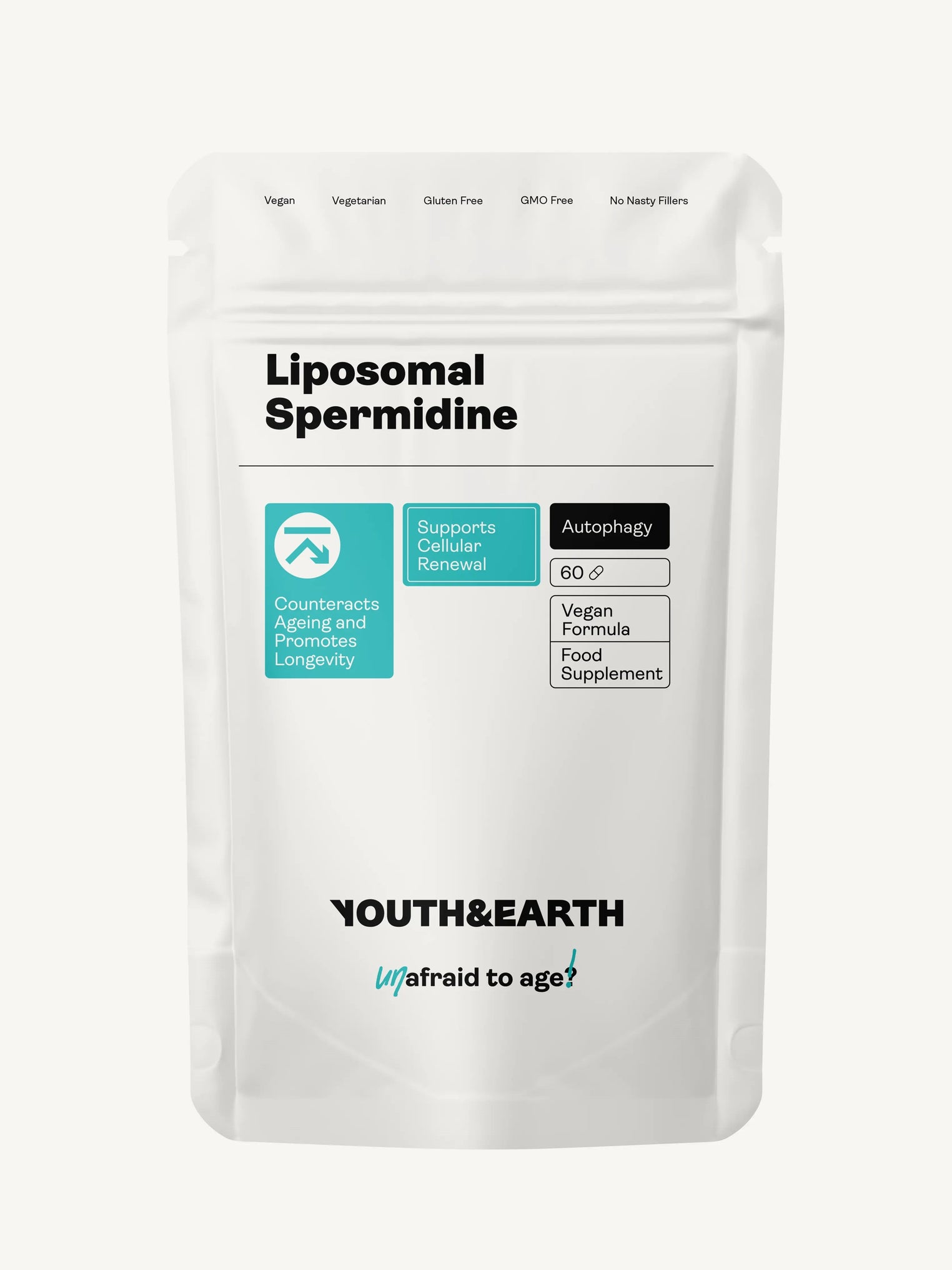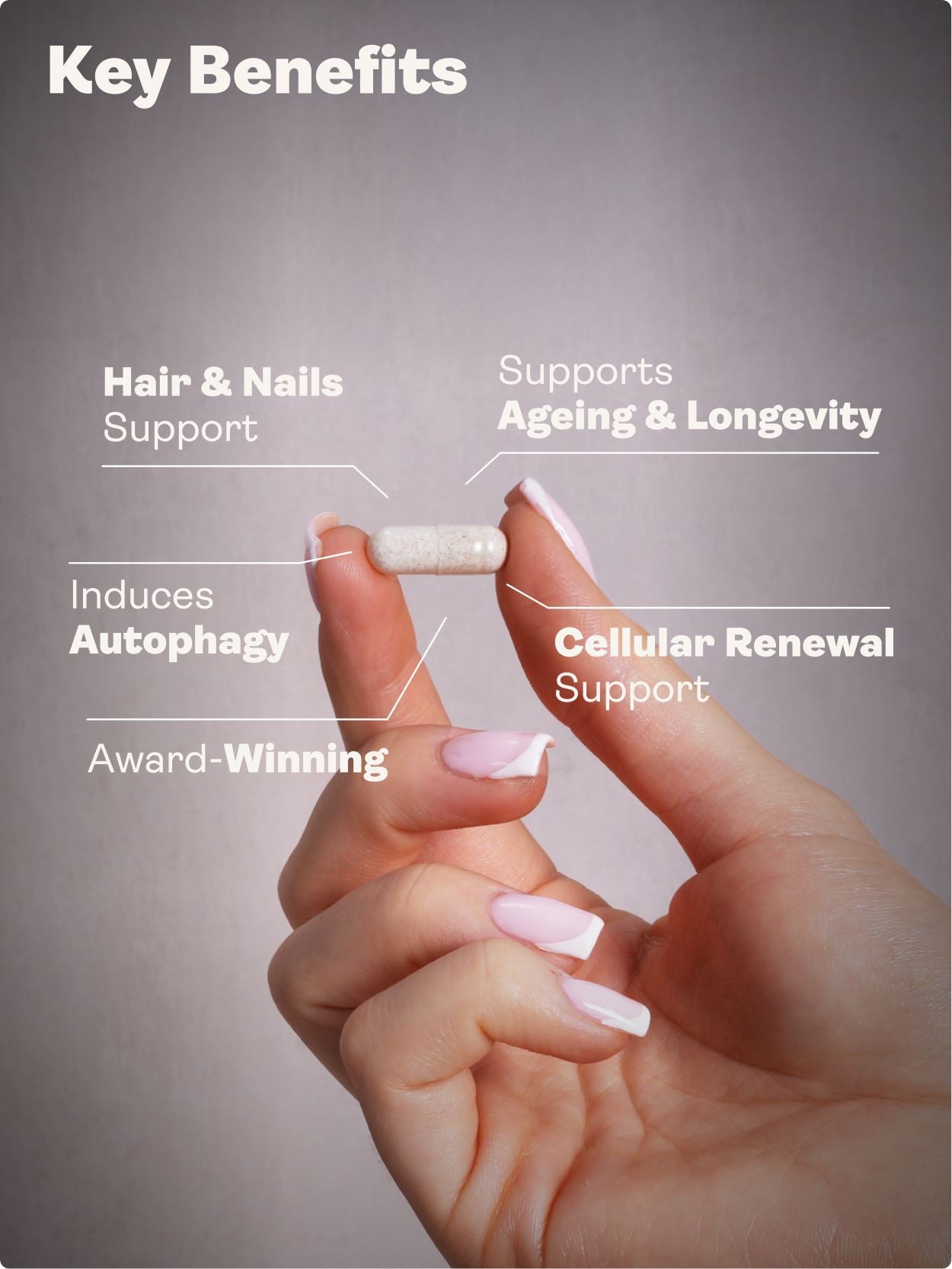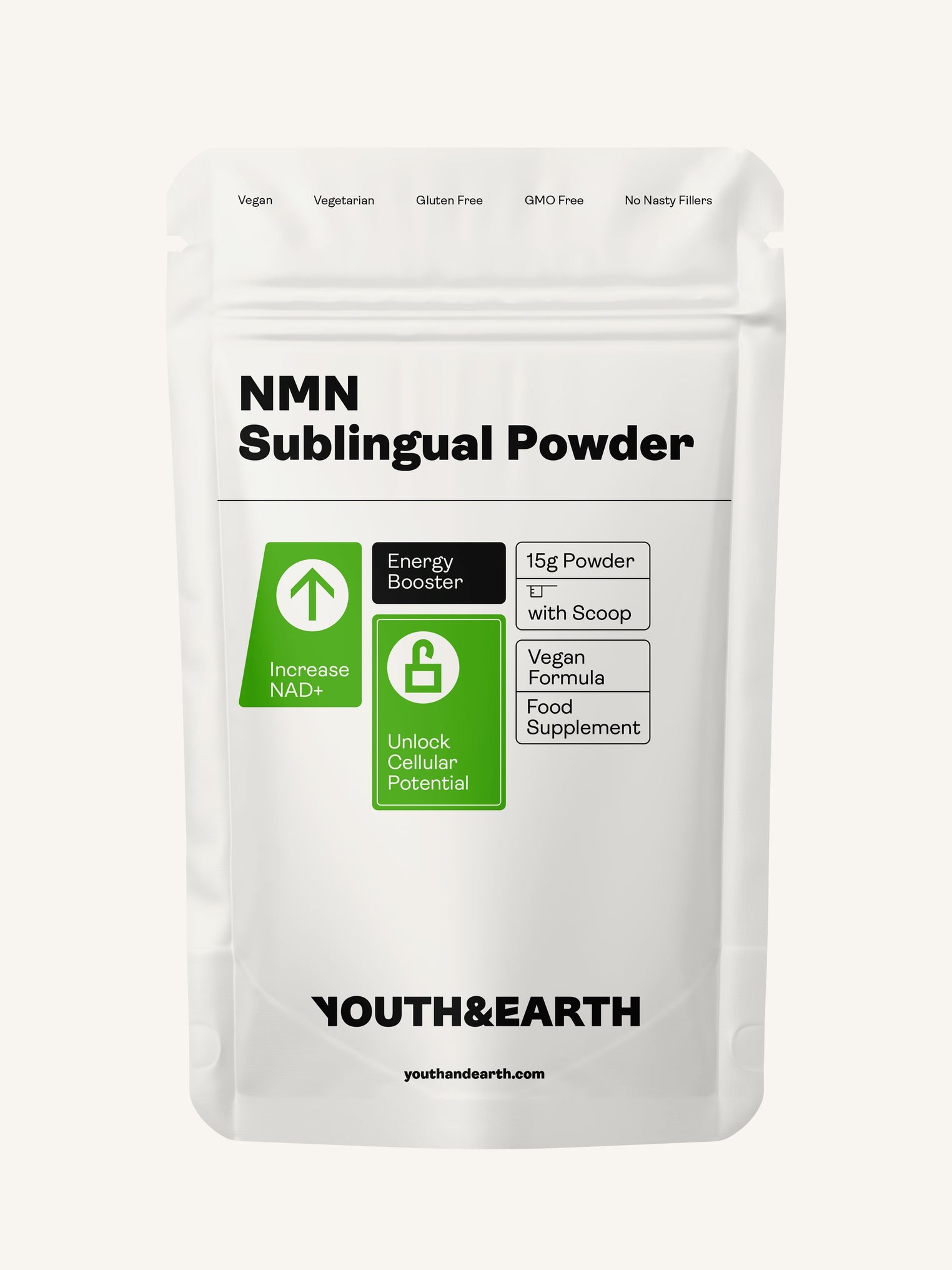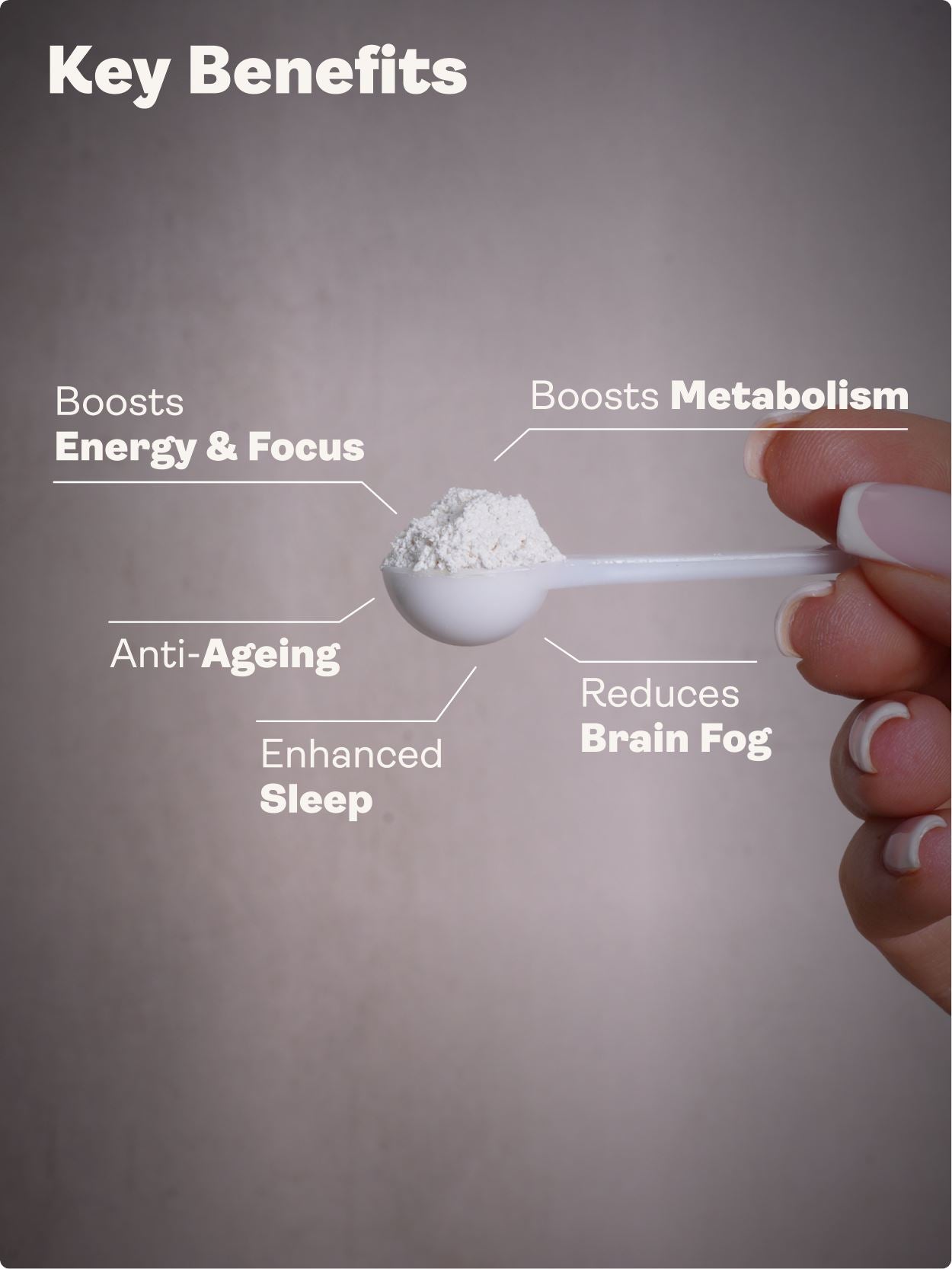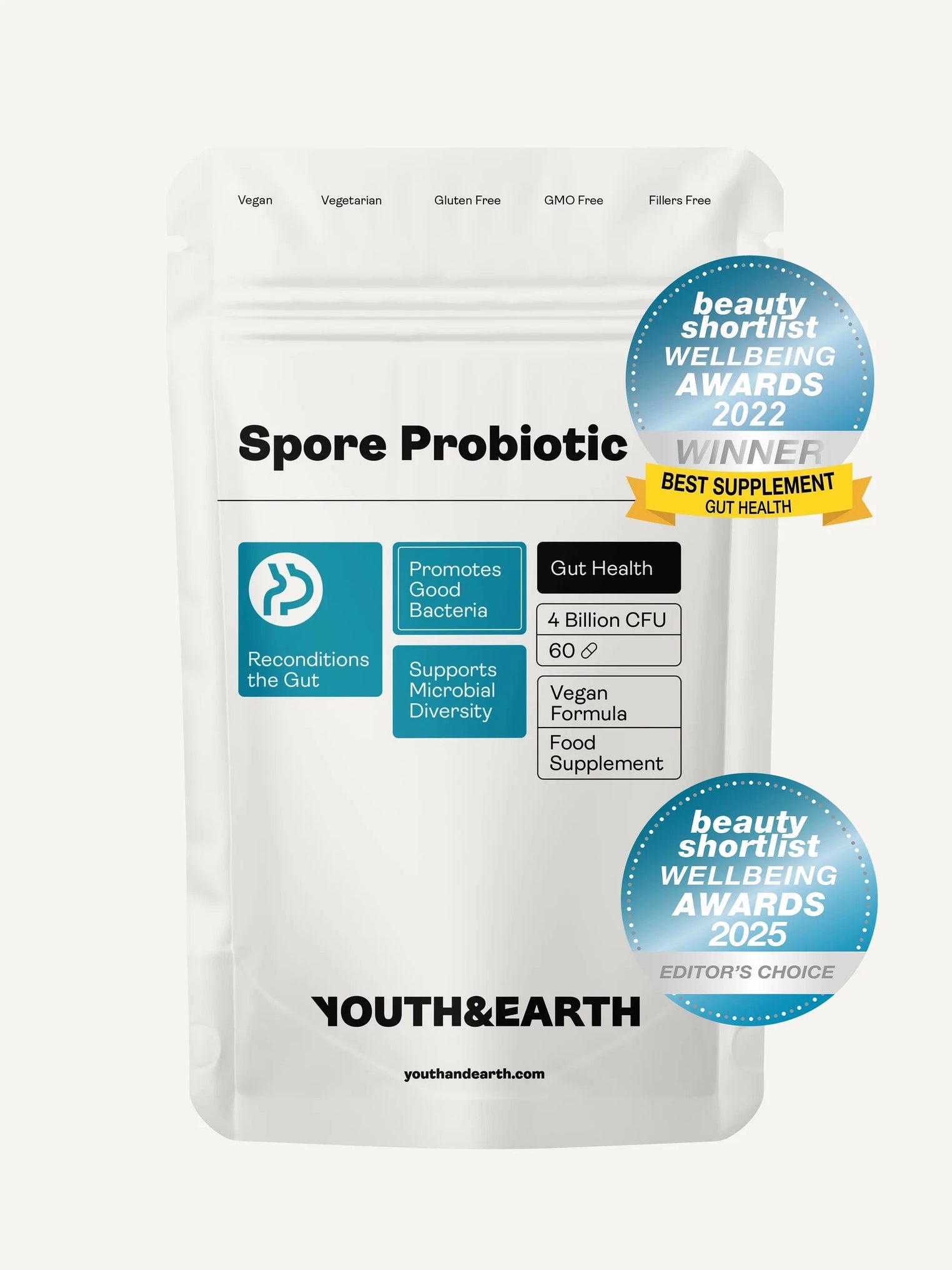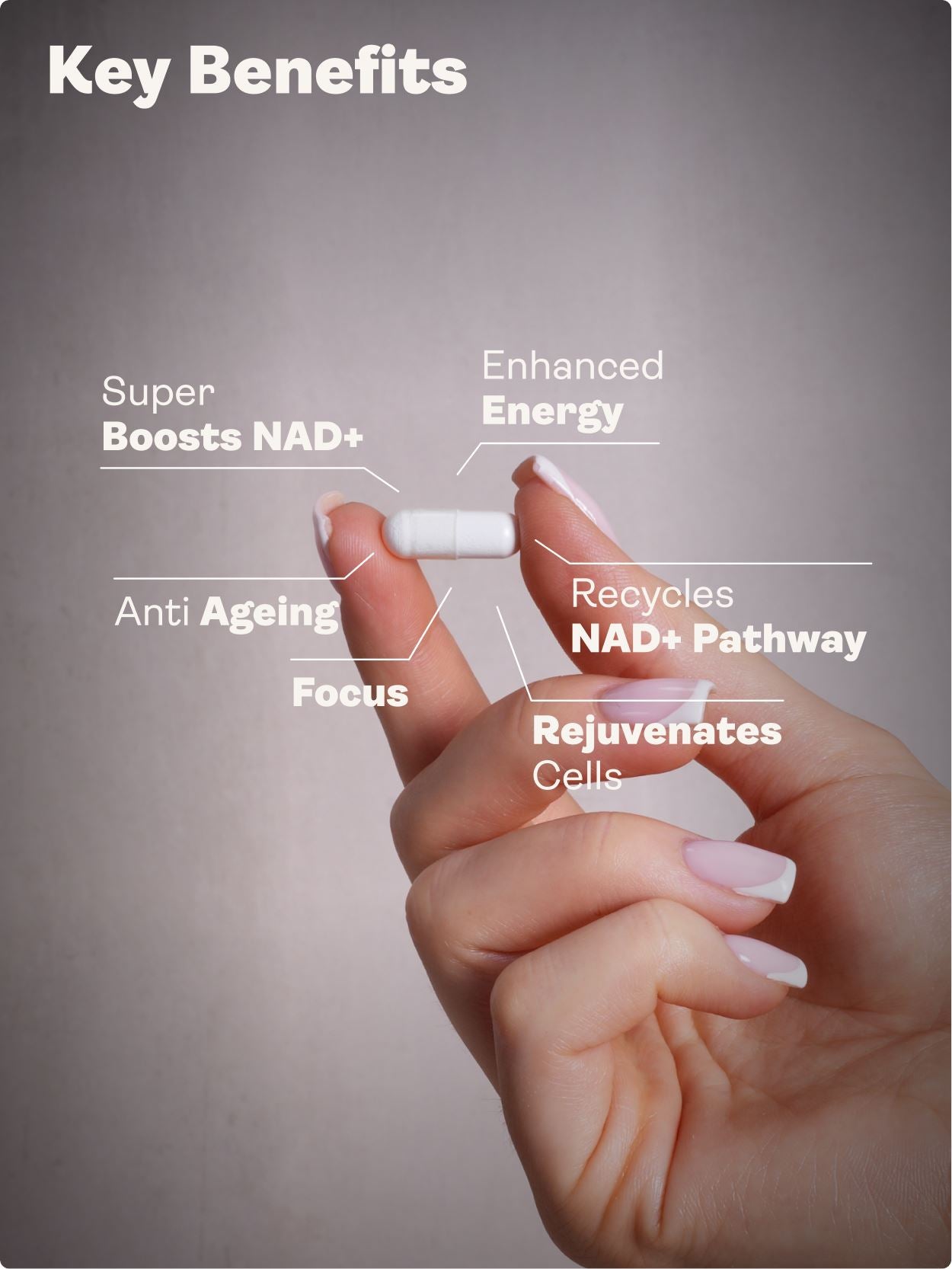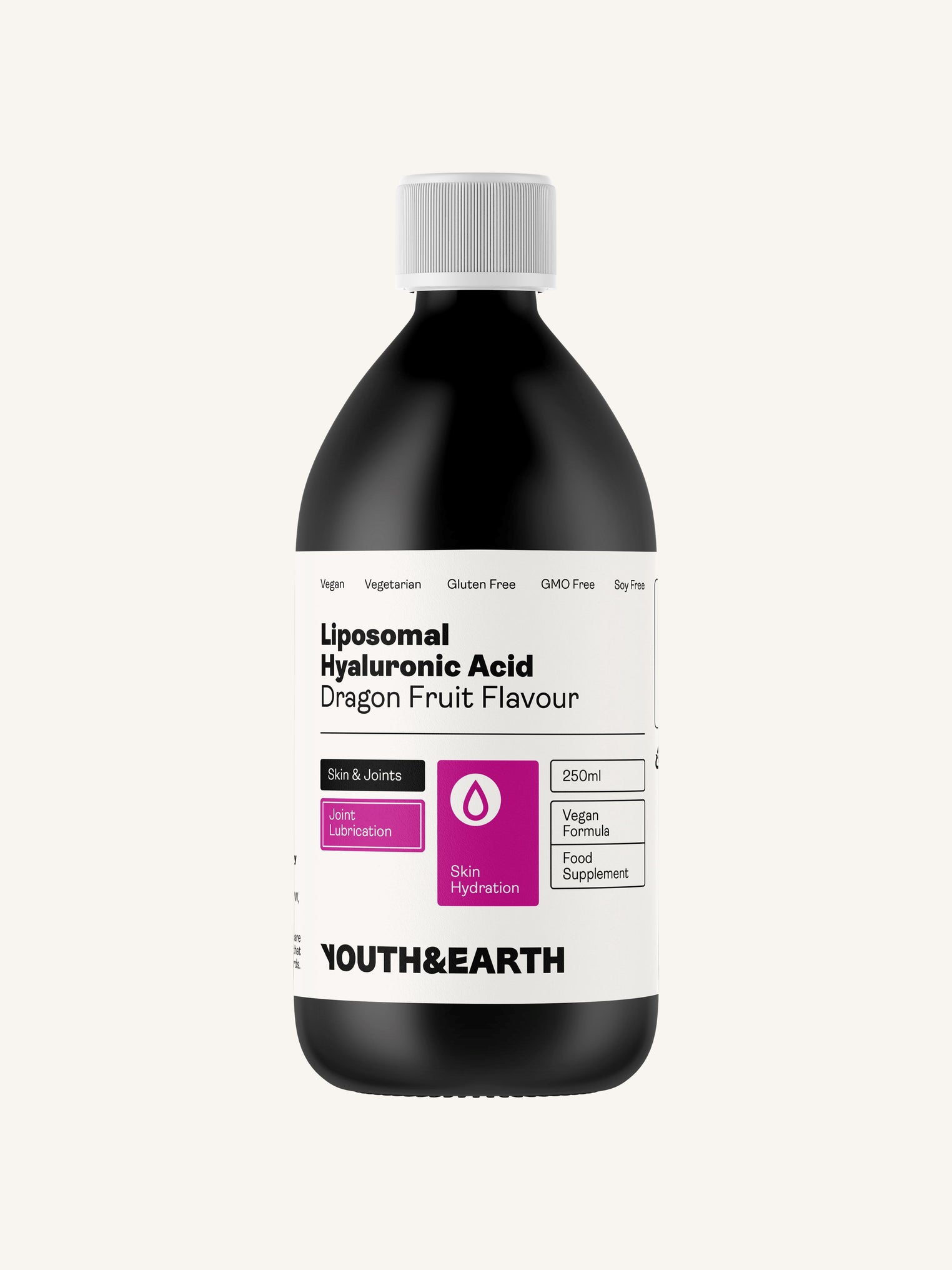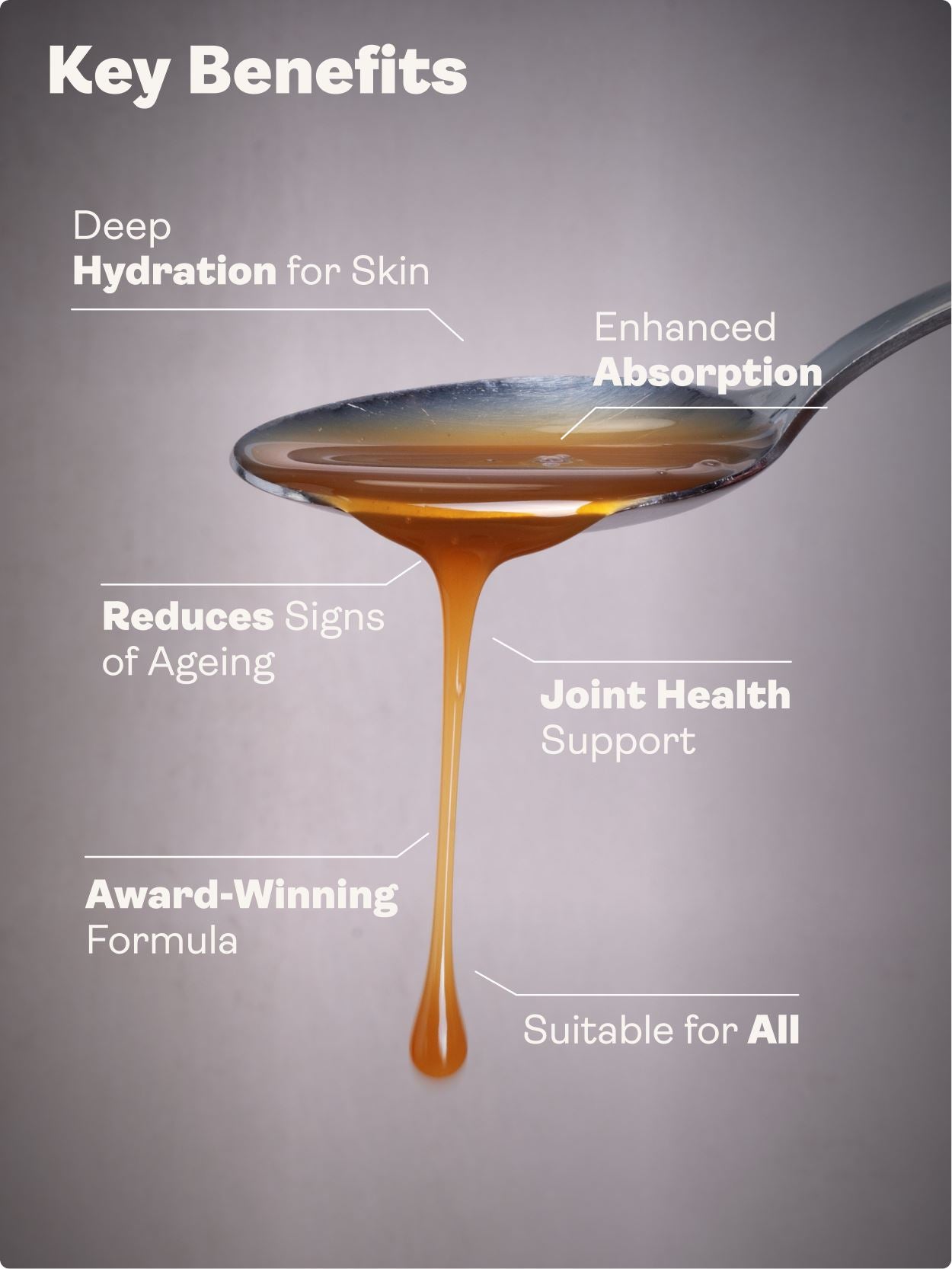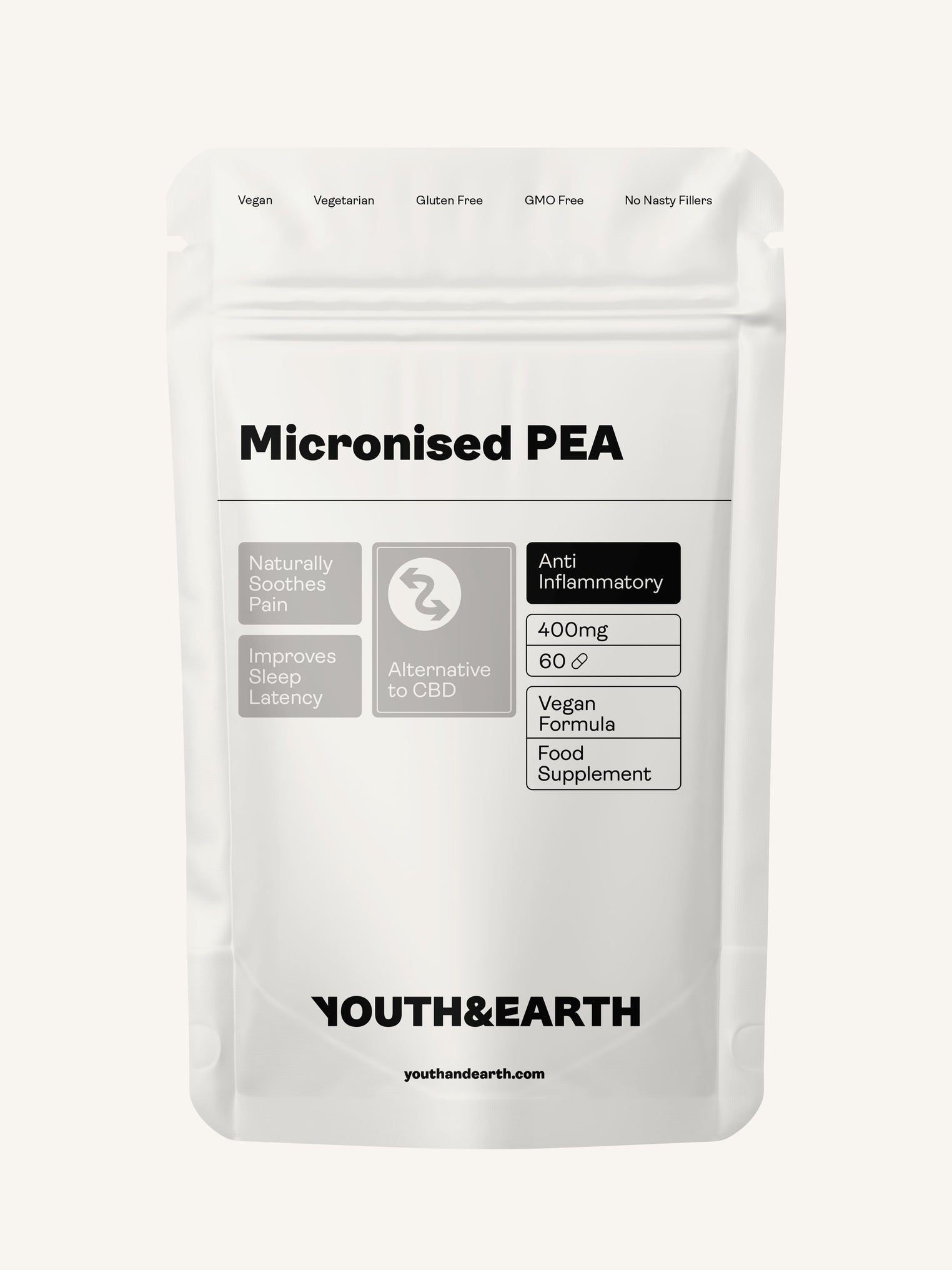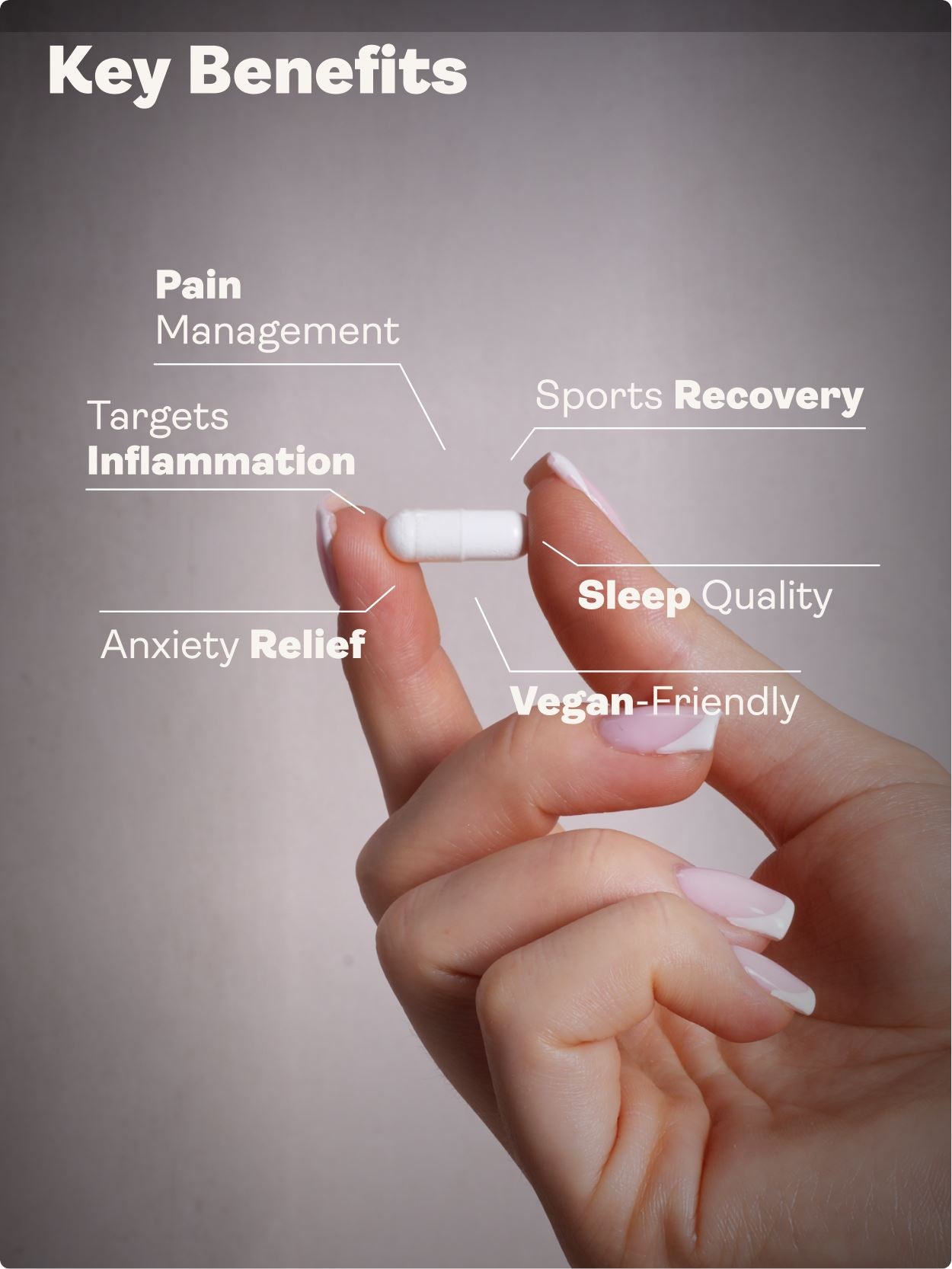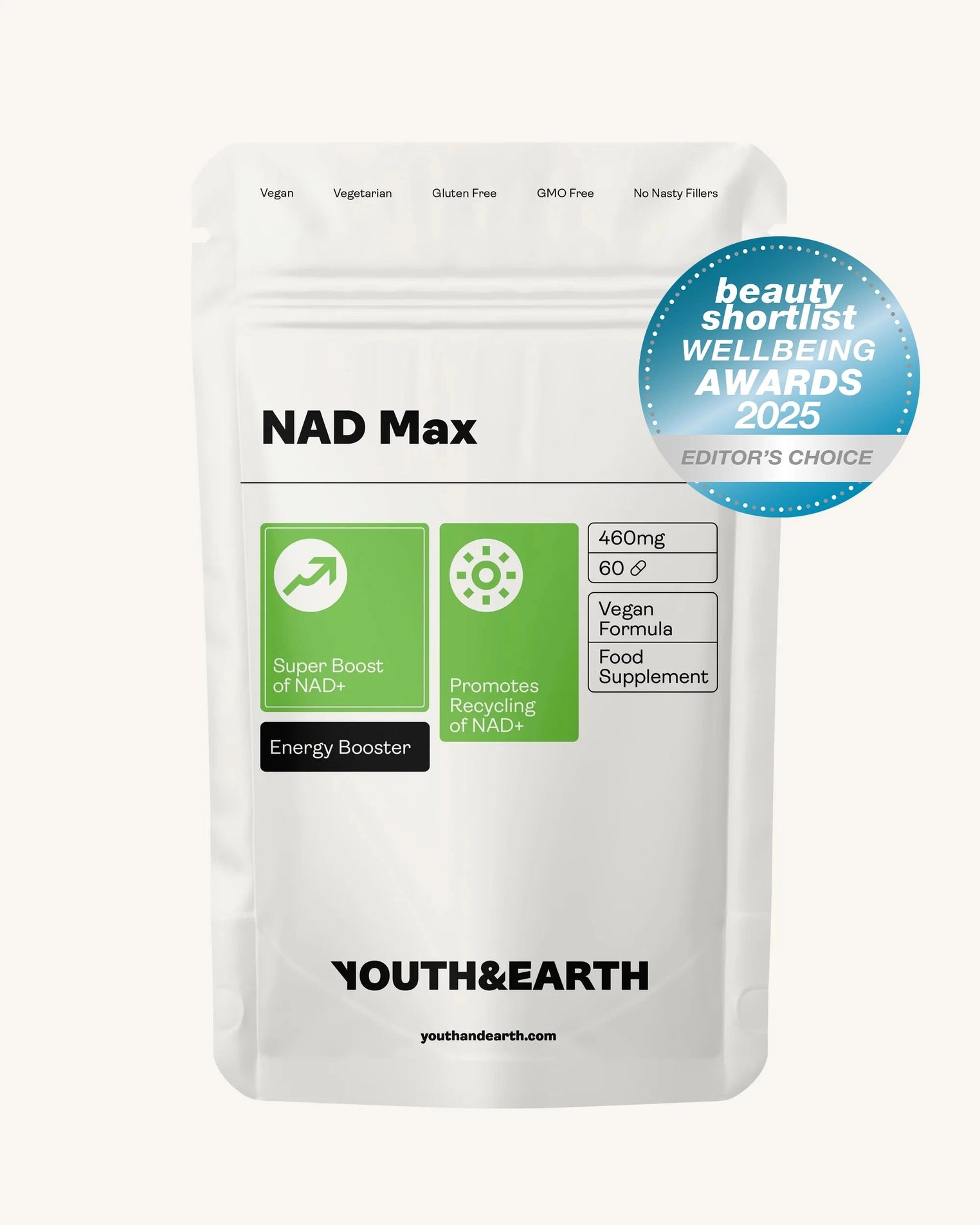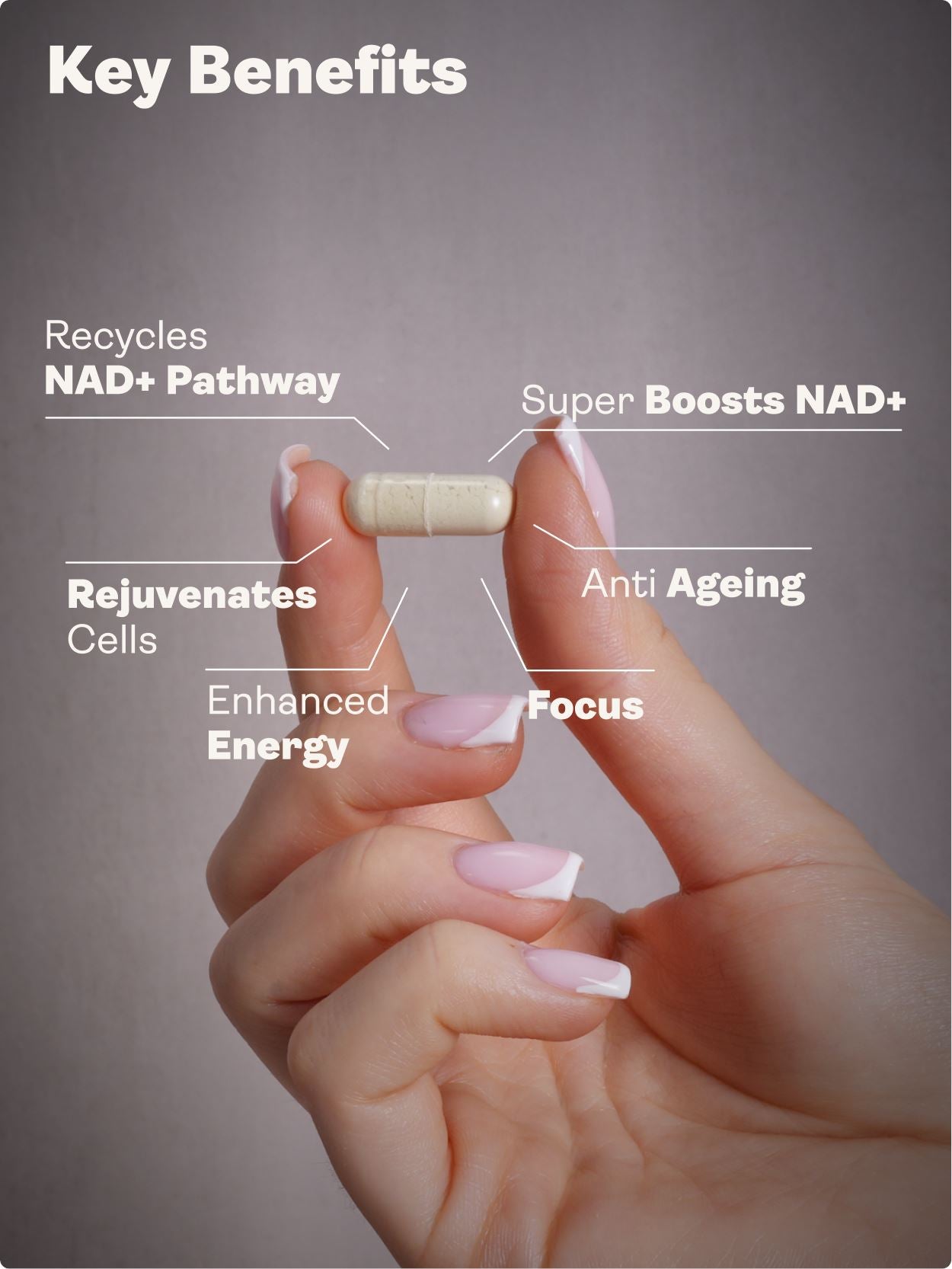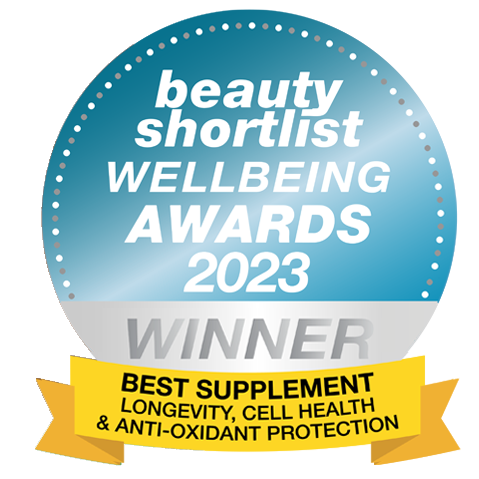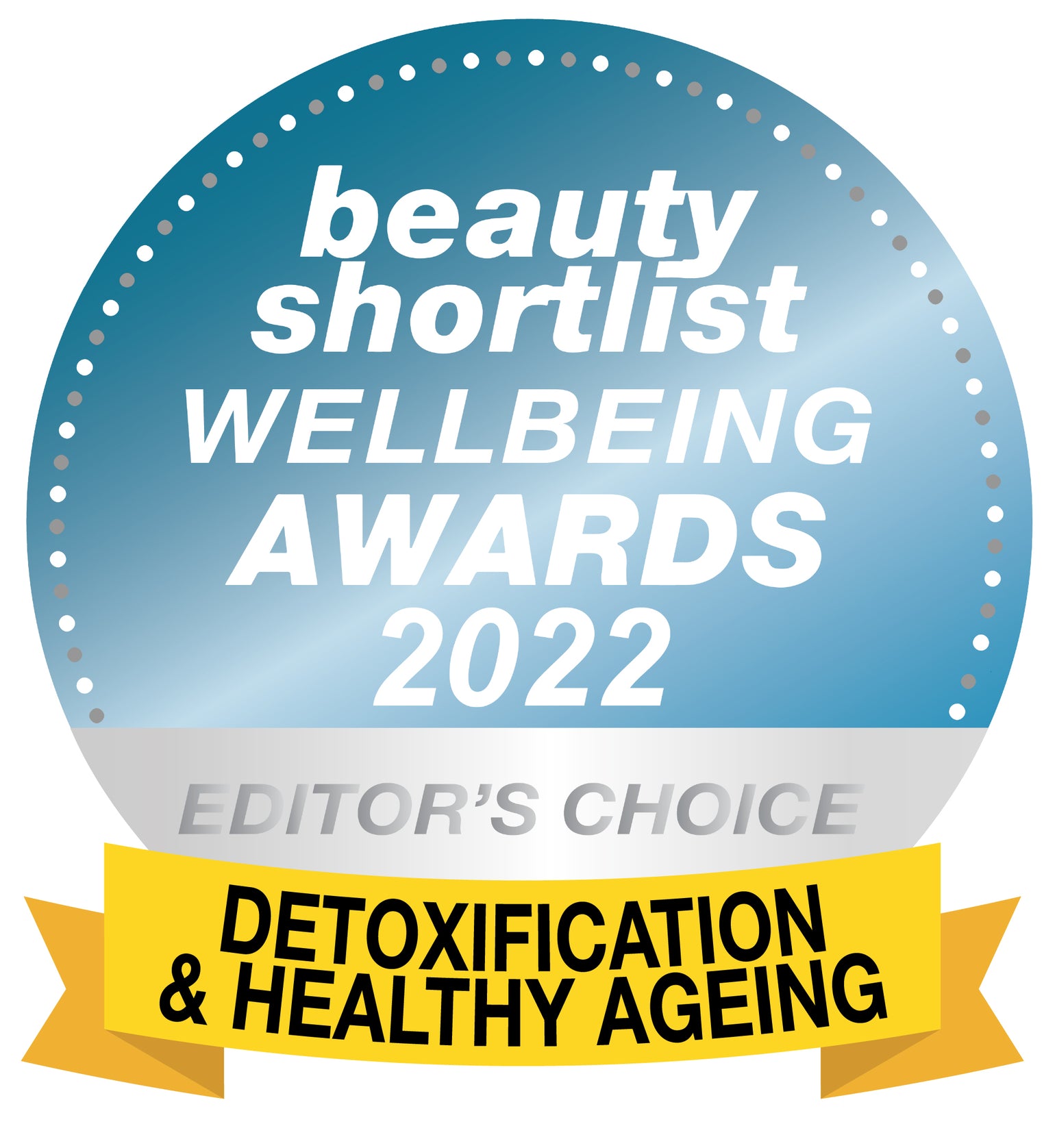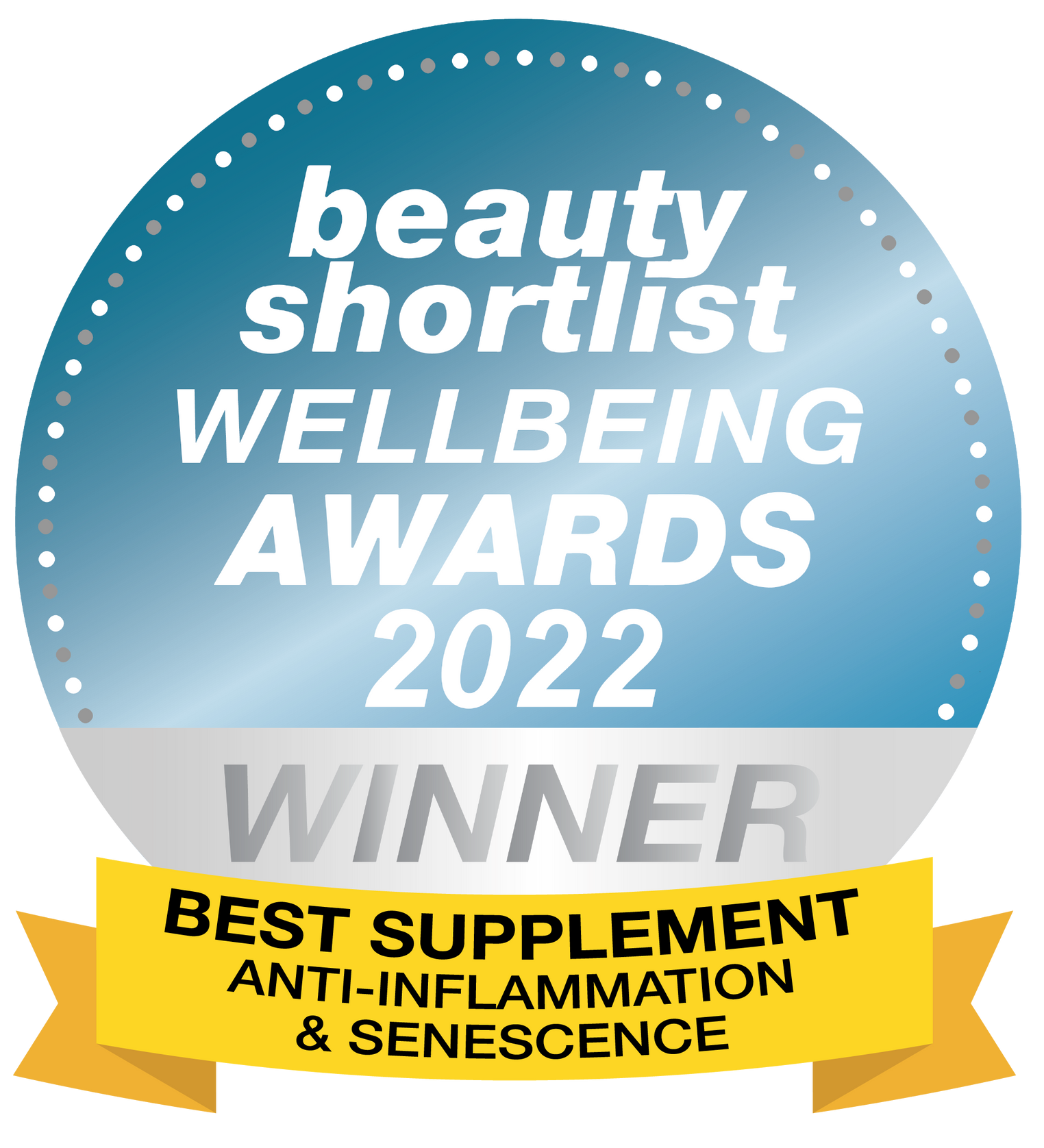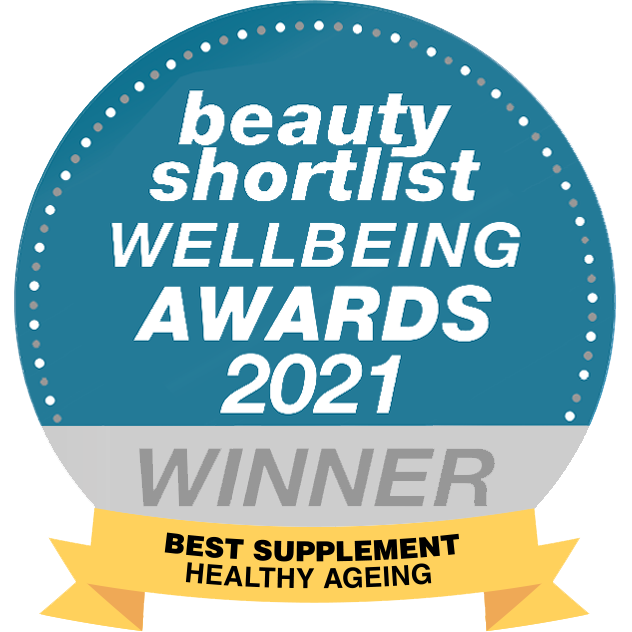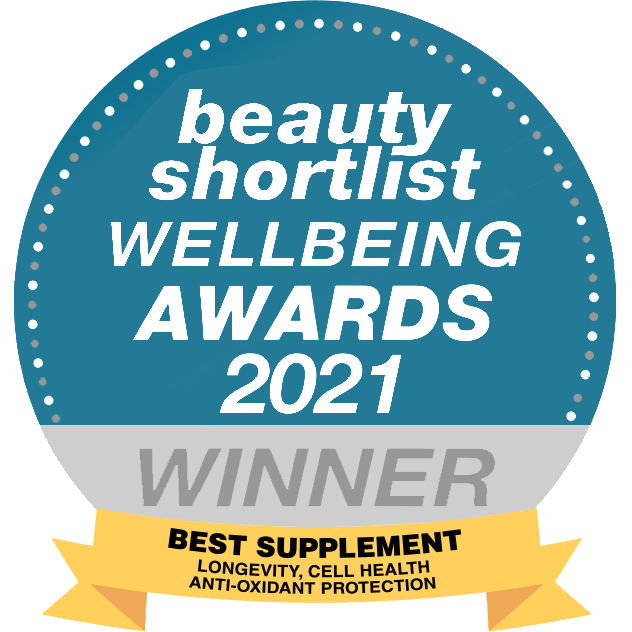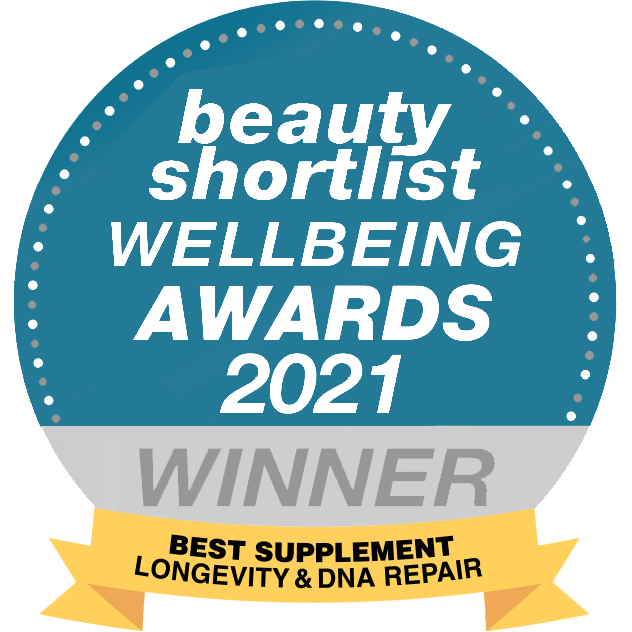Unlocking the Secrets of Ageing
What makes people in Blue Zones live longer? Is ageing just a number – or a biological process we can influence?
Ageing is no longer seen as an inevitable decline, but rather a complex, modifiable system that science is beginning to understand—and influence. What if there were biological pathways you could regulate to improve your healthspan and live a longer, more vibrant life?
This article explores the four scientifically recognised longevity pathways and how lifestyle, nutrition, and supplementation can activate or balance them to support healthy ageing. the four scientifically recognised longevity pathways and how lifestyle, nutrition, and supplementation can activate or balance them to support healthy ageing.
Table of Contents |
Can You Slow Down or Reverse Ageing?
Is ageing something we must simply accept—or can it actually be slowed or even reversed? More and more evidence suggests that ageing is not just a passive process, but one we can actively influence through specific biological systems known as longevity pathways.
These pathways play a vital role in how our bodies repair, adapt, and defend against decline. In populations like those in the Blue Zones—regions known for exceptional health and long life—many of these longevity mechanisms remain more active for longer.
By understanding how these pathways function, and how lifestyle, nutrition, and supplementation affect them, we can take meaningful steps toward extending healthspan—not just lifespan.
What Are Longevity Pathways?
Longevity pathways are biological communication systems. Cells send chemical messages—such as proteins or molecules—to influence how other cells behave. These messages travel through a chain of signals, leading to shifts in cellular activity.
Understanding these pathways is key to offsetting age-related disorders and boosting vitality.
Why Do These Pathways Decline with Age?
As we age, these signalling systems become less efficient due to factors like mitochondrial dysfunction, hormonal imbalances, chronic inflammation, and the depletion of crucial molecules like NAD+. The body’s ability to detect energy status and regulate cellular stress diminishes, making it harder to maintain metabolic balance and cellular repair.
Modern lifestyle factors—such as overeating, poor sleep, and low physical activity—further disrupt these processes, accelerating biological ageing.
Quick View: What Each Pathway Controls
|
Researchers have identified four key longevity pathways:
-
mTOR
-
AMPK
-
Sirtuins
-
NF-kB
These pathways do not operate in isolation. For example, AMPK activation can help suppress mTOR when energy is scarce. Sirtuins rely on NAD+, which is depleted under stress but supported by AMPK activity. Understanding this network of checks and balances is key to optimising healthspan.
What Is the mTOR Pathway and Why Does It Matter?
What is mTOR?
mTOR (mammalian target of rapamycin) is a protein complex found in many cells, including those in your brain. It regulates critical processes like cell growth, metabolism, regeneration, and brain function.
How It Works
mTOR forms two protein complexes that govern when cells grow or conserve energy. When properly balanced, mTOR enhances health and extends life. But excessive activation or suppression can lead to serious health consequences.
How to Activate mTOR Correctly
-
Exercise: Resistance training and workouts naturally activate mTOR, promoting muscle repair and growth. This is essential in fighting muscle degeneration, one of the first signs of ageing.
Why mTOR Can Become Harmful
-
Overactivation through high calorie and protein intake has been linked to cancer, obesity, diabetes, cardiovascular disease, and more.
Inhibiting mTOR for Balance
-
Calorie restriction and fasting downregulate mTOR, shifting energy toward cell maintenance.
-
Plant polyphenols (e.g., resveratrol from red grapes, curcumin from turmeric, and quercetin from onions and apples) also help inhibit mTOR.
Best Practices
To maintain mTOR balance:
-
Exercise regularly
-
Practice intermittent fasting or eat slightly less than your energy needs
-
Focus on plant-rich diets
-
Reduce excess animal protein
-
Supplement with PRESERVAGE (rich in resveratrol, curcumin, quercetin)
What Is the mTOR Pathway and Why Does It Matter?
What is mTOR?
mTOR (mammalian target of rapamycin) is a protein complex found in many cells, including those in your brain. It regulates critical processes like cell growth, metabolism, regeneration, and brain function.
How It Works
mTOR forms two protein complexes that govern when cells grow or conserve energy. When properly balanced, mTOR enhances health and extends life. But excessive activation or suppression can lead to serious health consequences.
How to Activate mTOR Correctly
-
Exercise: Resistance training and workouts naturally activate mTOR, promoting muscle repair and growth. This is essential in fighting muscle degeneration, one of the first signs of ageing.
Why mTOR Can Become Harmful
-
Overactivation through high calorie and protein intake has been linked to cancer, obesity, diabetes, cardiovascular disease, and more.
Chronically high mTOR activity promotes growth over repair. While short-term activation after workouts helps build muscle, persistent stimulation—especially from frequent animal protein intake—can disrupt the balance needed for long-term cellular renewal. This is why strategic inhibition through fasting and polyphenol-rich diets is essential for longevity.
Inhibiting mTOR for Balance
-
Calorie restriction and fasting downregulate mTOR, shifting energy toward cell maintenance.
-
Plant polyphenols (e.g., resveratrol from red grapes, curcumin from turmeric, and quercetin from onions and apples) also help inhibit mTOR.
Best Practices
To maintain mTOR balance:
-
Exercise regularly
-
Practice intermittent fasting or eat slightly less than your energy needs
-
Focus on plant-rich diets
-
Reduce excess animal protein
-
Supplement with PRESERVAGE (rich in resveratrol, curcumin, quercetin)
What Is the AMPK Pathway and How Does It Affect Your Metabolism?
What is AMPK?
AMPK (adenosine monophosphate-activated protein kinase) is a fuel-sensing enzyme that controls how your body uses energy. It helps convert glucose and fat into energy, affecting your metabolism, body composition, and longevity.
Why It Matters
-
High AMPK activity = youthful metabolism.
-
It prevents fat accumulation, improves insulin sensitivity, and enhances blood vessel function.
-
Studies show AMPK activation can extend life expectancy by up to 20%.
People with metabolic syndrome or visceral fat accumulation often show suppressed AMPK activity—restoring it may improve insulin sensitivity and energy balance.
-
Studies show AMPK activation can extend life expectancy by up to 20%.
What Inhibits AMPK?
-
Insulin resistance is a major suppressor.
-
As we age, AMPK levels naturally decline.
How to Activate AMPK Naturally
-
Calorie restriction or fasting
-
Regular exercise
-
Cold/heat stress
-
Phytochemicals & minerals (e.g., lithium, boron, zinc)
-
Supplement with RELEAF (a berberine-rich AMPK activator)
-
Take mTOR inhibitors like PRESERVAGE to amplify the effect
What Is the Sirtuin Pathway and How Can It Promote Longevity?
Sirtuins are a family of proteins that help regulate gene expression, DNA repair, and metabolic stability—making them critical players in healthy ageing. They're often referred to as "longevity genes" because of their role in extending lifespan in model organisms.
Science Snapshot: NAD+ and Ageing
A landmark 2017 study published in Cell Metabolism found that replenishing NAD+ in older mice restored mitochondrial function and reversed markers of muscle ageing. These findings have contributed to a growing interest in NAD+ precursors like NMN and their potential to promote healthy ageing in humans.
NAD+: The Fuel for Sirtuins
Sirtuins rely on NAD+ (nicotinamide adenine dinucleotide) to function. Without NAD+, this pathway cannot be activated.
NAD+ declines steadily after age 30. By age 50, levels can drop by over 50%, directly impacting cellular repair, mitochondrial function, and metabolic resilience.
This decline also weakens the beneficial activity of AMPK and limits the body's ability to maintain DNA stability. Since NAD+ is interdependent with several other pathways, its depletion represents a critical driver of biological ageing.
How to Boost NAD+ and Activate Sirtuins
-
Fasting and calorie restriction
-
Cold/heat stress
-
Plant-rich diets with compounds like resveratrol (found in red grapes), curcumin (from turmeric), and quercetin (from onions and apples)
-
Exercise and restful sleep
-
Supplements:
-
PRESERVAGE (resveratrol, curcumin, quercetin)
-
NMN (Youth & Earth’s pharmaceutical-grade NAD+ booster)
-
SUPERBA™ Krill Oil (reduces inflammation and supports sirtuins)
-
What Is the NF-kB Pathway and How Can You Manage Inflammation?
What is NF-kB?
NF-kB (Nuclear Factor-kappa B) controls the release of inflammation-related genes. It helps the body respond to threats but can become harmful if chronically activated.
The Double-Edged Sword of Inflammation
-
Acute activation = good (fights infection, aids recovery)
-
Chronic activation = bad (linked to diabetes, cancer, heart disease)
How to Regulate NF-kB
-
Exercise (in the right doses): moderate physical activity stimulates immune readiness, while excessive intensity may promote inflammation
-
Calorie restriction
-
Anti-inflammatory foods such as leafy greens, berries, turmeric, and oily fish
-
Stress management (e.g., meditation, prayer, social connection)
-
Sleep & recovery
NF-kB also interacts with other longevity pathways—chronic inflammation from overactive NF-kB can suppress AMPK, interfere with Sirtuin activity, and further imbalance mTOR. Managing inflammation is therefore essential not only for disease prevention but for maintaining the function of the entire longevity network.
-
Calorie restriction
-
Anti-inflammatory foods such as leafy greens, berries, turmeric, and oily fish
-
Stress management (e.g., meditation, prayer, social connection)
-
Sleep & recovery
-
Supplements:
-
PRESERVAGE (polyphenol blend)
-
SUPERBA™ Krill Oil (omega-3s reduce inflammation)
-
Article Conclusion: A Longevity Lifestyle Checklist
To activate and balance your longevity pathways:
-
Practice intermittent fasting or calorie restriction
-
Exercise regularly
-
Get sufficient sleep
-
Eat plant-rich, phytochemical-dense foods
-
Reduce stress through mindfulness and social connection
-
Supplement wisely:
-
PRESERVAGE (mTOR inhibitor, Sirtuin & NF-kB activator)
-
RELEAF (AMPK activator)
-
NMN (boosts NAD+)
-
SUPERBA™ Krill Oil (anti-inflammatory)
-
Together, these interventions support the balance between growth and repair (mTOR vs. AMPK), protect against metabolic decline (AMPK and Sirtuins), reduce chronic inflammation (NF-kB), and promote optimal gene regulation and cell maintenance (Sirtuins).
These pathways do not act in isolation. For example, inhibiting mTOR can enhance AMPK activity, while supporting NAD+ not only boosts Sirtuins but also influences energy metabolism. Understanding these relationships allows for smarter, more strategic lifestyle and supplement choices.
Frequently Asked Questions: Understanding and Influencing Longevity Pathways
What are longevity pathways and why are they important for healthy ageing?
Longevity pathways control cellular repair, stress response, and energy use. As we age, they decline—but lifestyle and supplements can help restore them.
Can ageing be slowed or reversed, and how do "Blue Zones" relate to this concept?
Yes—ageing is modifiable. Blue Zone populations show us how consistent lifestyle habits maintain longevity pathways.
What is the mTOR pathway, and how can it be balanced for optimal health?
mTOR promotes growth but can harm if overactive. Balance it through fasting, plant-rich diets, and targeted supplements.
How does the AMPK pathway contribute to a youthful metabolism, and how can it be activated?
AMPK burns fat and boosts metabolism. Activate it with fasting, exercise, and AMPK-targeting compounds.
What role do Sirtuins and NAD+ play in promoting longevity, and how can their levels be boosted?
Sirtuins depend on NAD+ for DNA repair and resilience. Boost NAD+ via NMN, fasting, sleep, and polyphenol intake.
How does the NF-kB pathway impact inflammation, and what are the best ways to manage it?
NF-kB drives inflammation. Moderate it with anti-inflammatory foods, movement, stress control, and omega-3s.
What are the key lifestyle interventions recommended for activating and balancing these longevity pathways?
Use fasting, exercise, sleep, and polyphenol-rich diets to tune your ageing biology. Smart supplementation helps.t
How do these four longevity pathways interact with each other to promote overall health and a longer life?
They form a regulatory loop: AMPK inhibits mTOR, NAD+ supports Sirtuins, and NF-kB can disrupt the whole system if unbalanced.
Final Thoughts
Ageing isn’t inevitable decline—it's a system you can influence.
By following these longevity principles, you give your body the best chance to age slower, stronger, and with purpose.
The power is in your hands. Make your health a priority today with Youth & Earth.
The content of this article is for informational purposes only. It’s not intended to be a substitute for professional medical advice, diagnosis, or treatment. Always seek the advice of your physician or health provider before starting a new health regime or program. Do not ignore medical advice or delay seeking it because of something you’ve read on this site or any Youth & Earth product.


